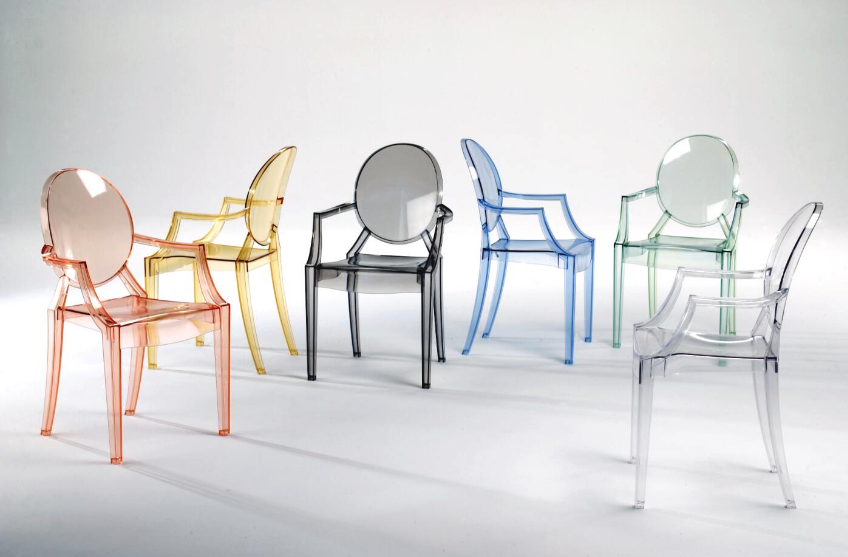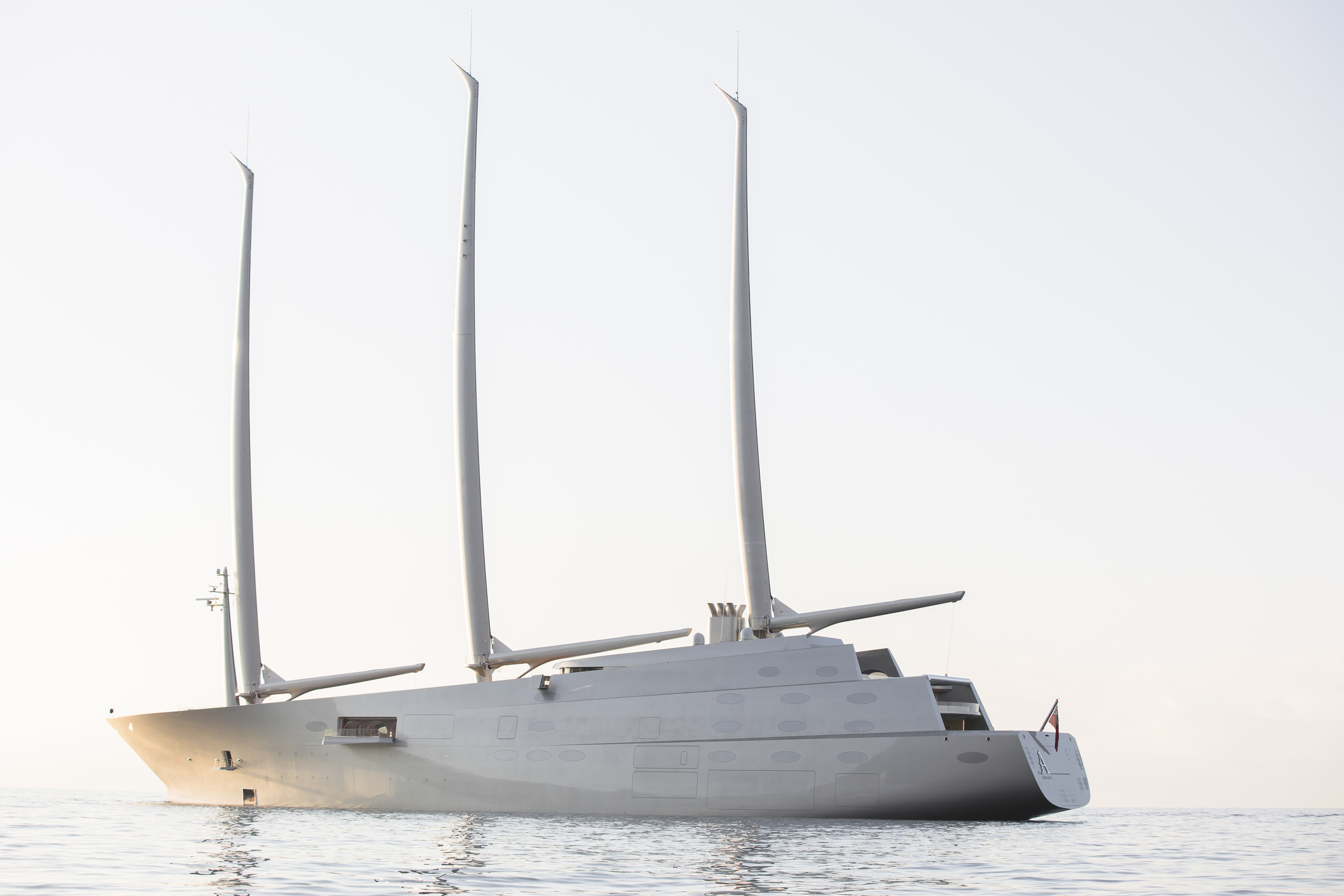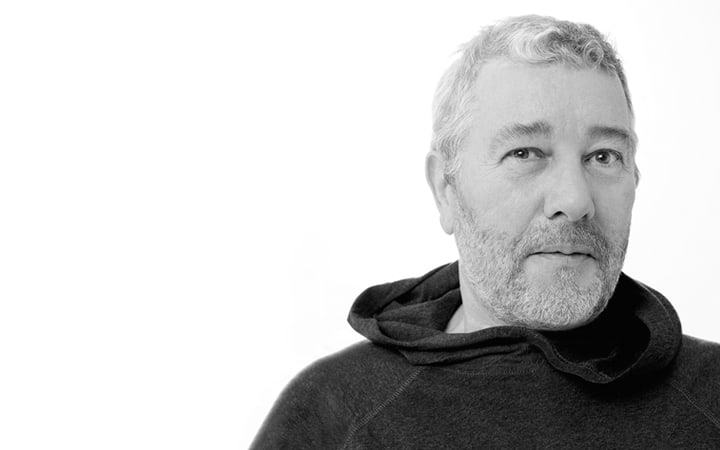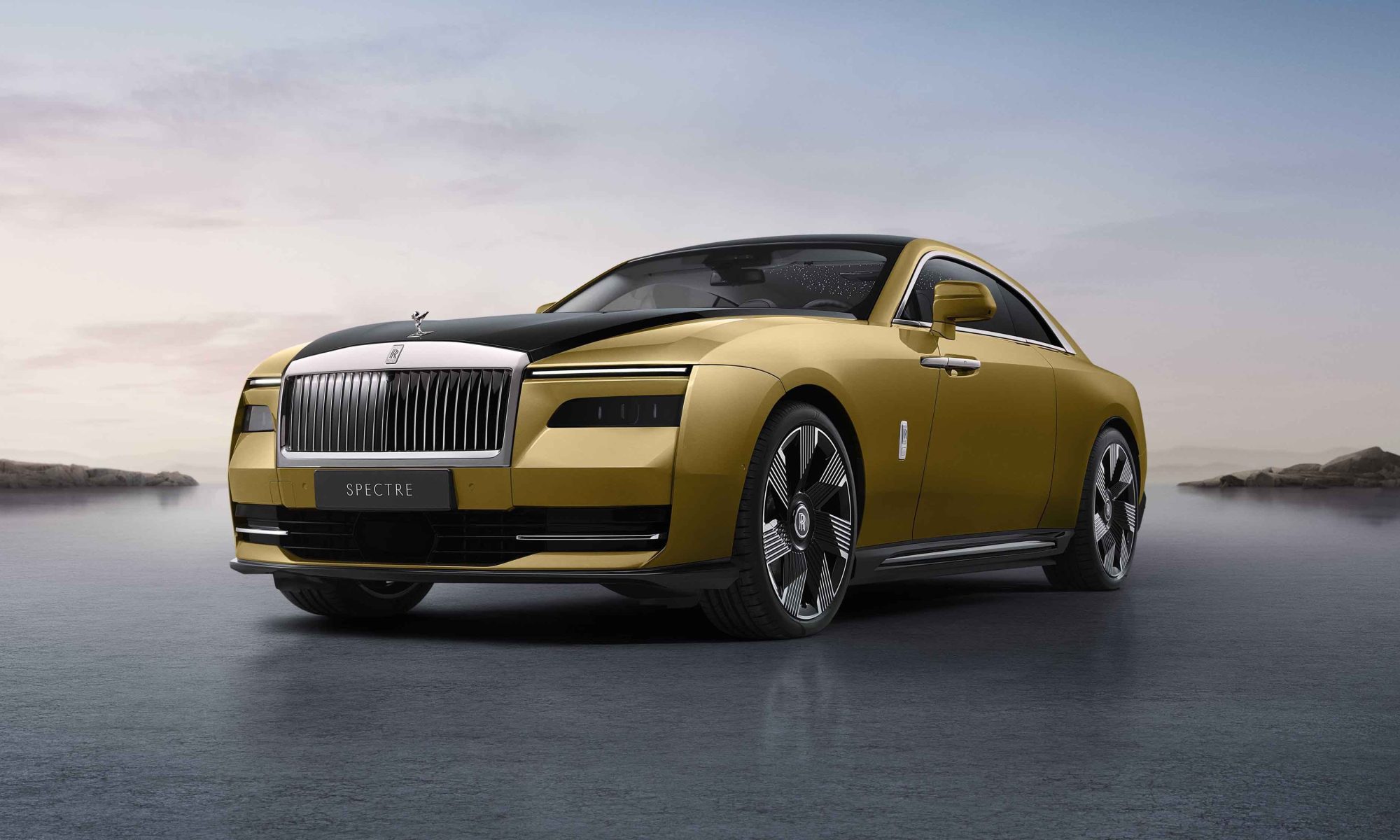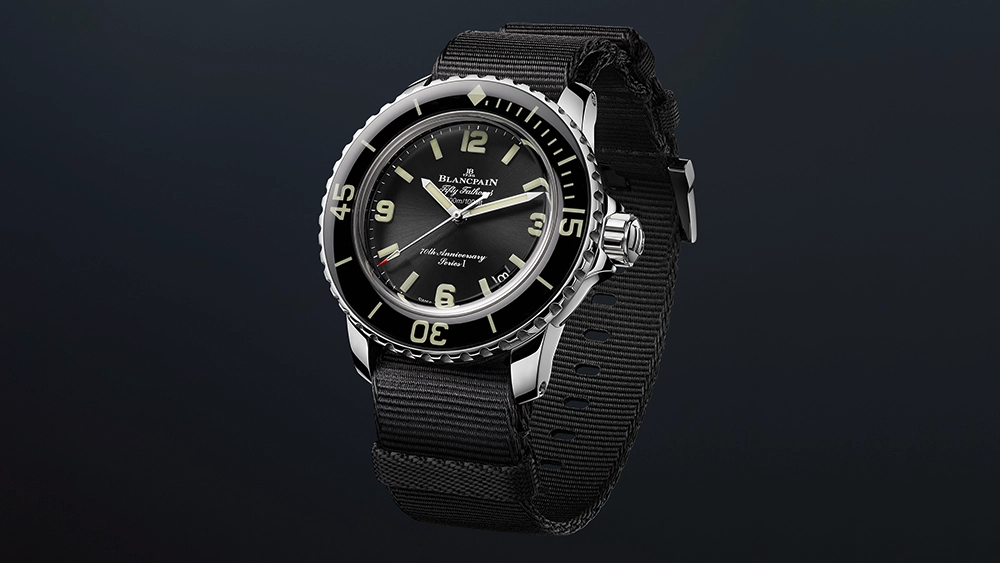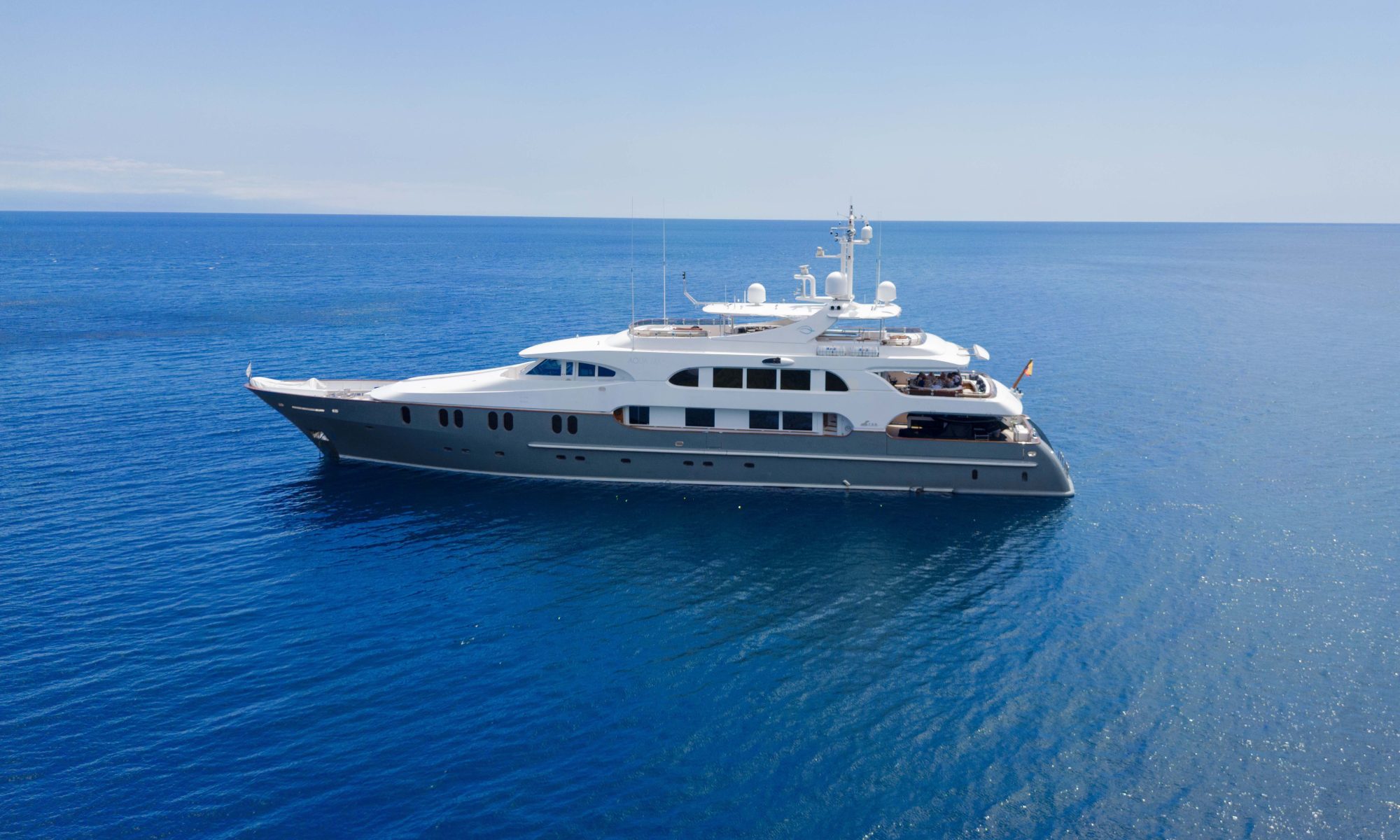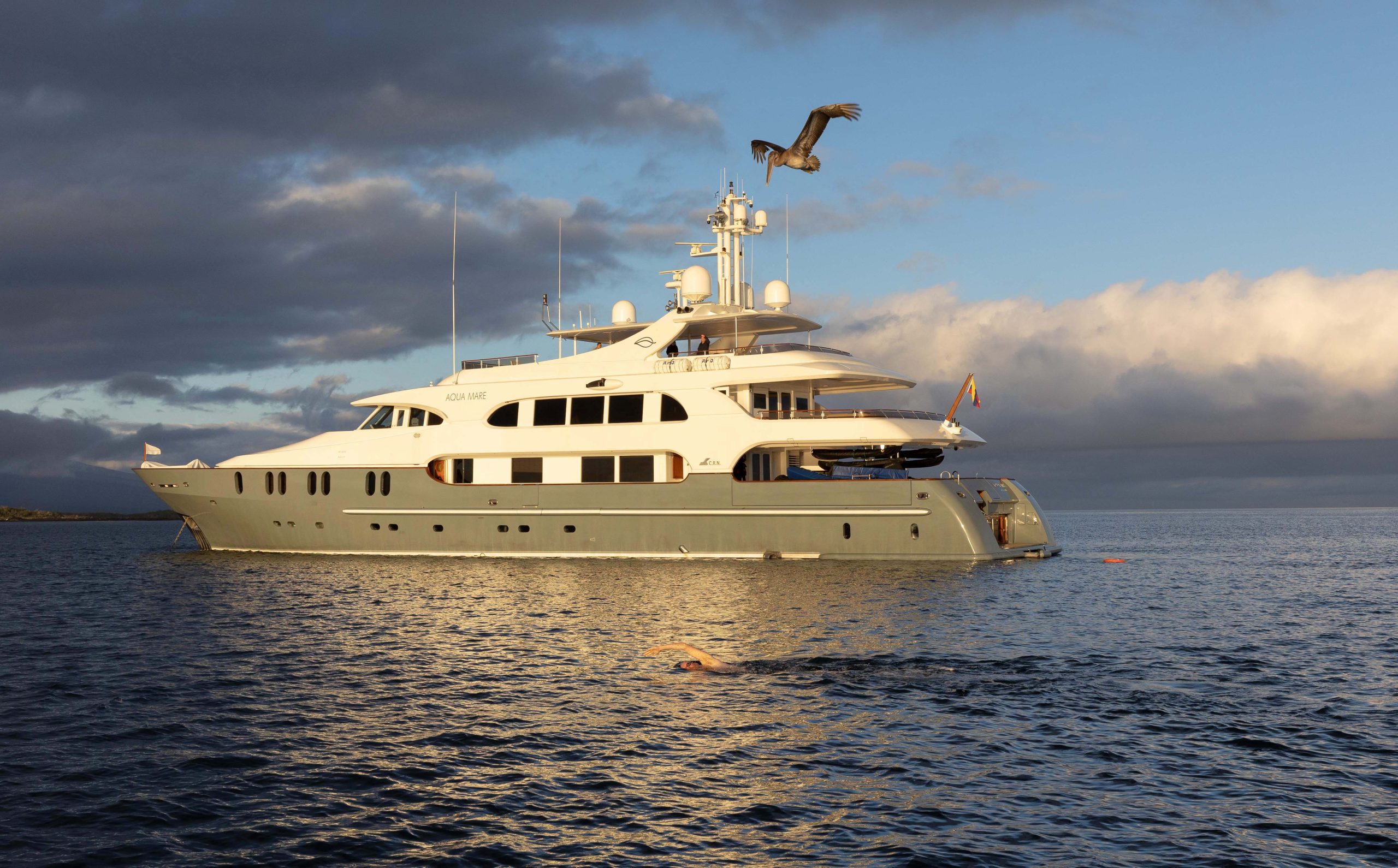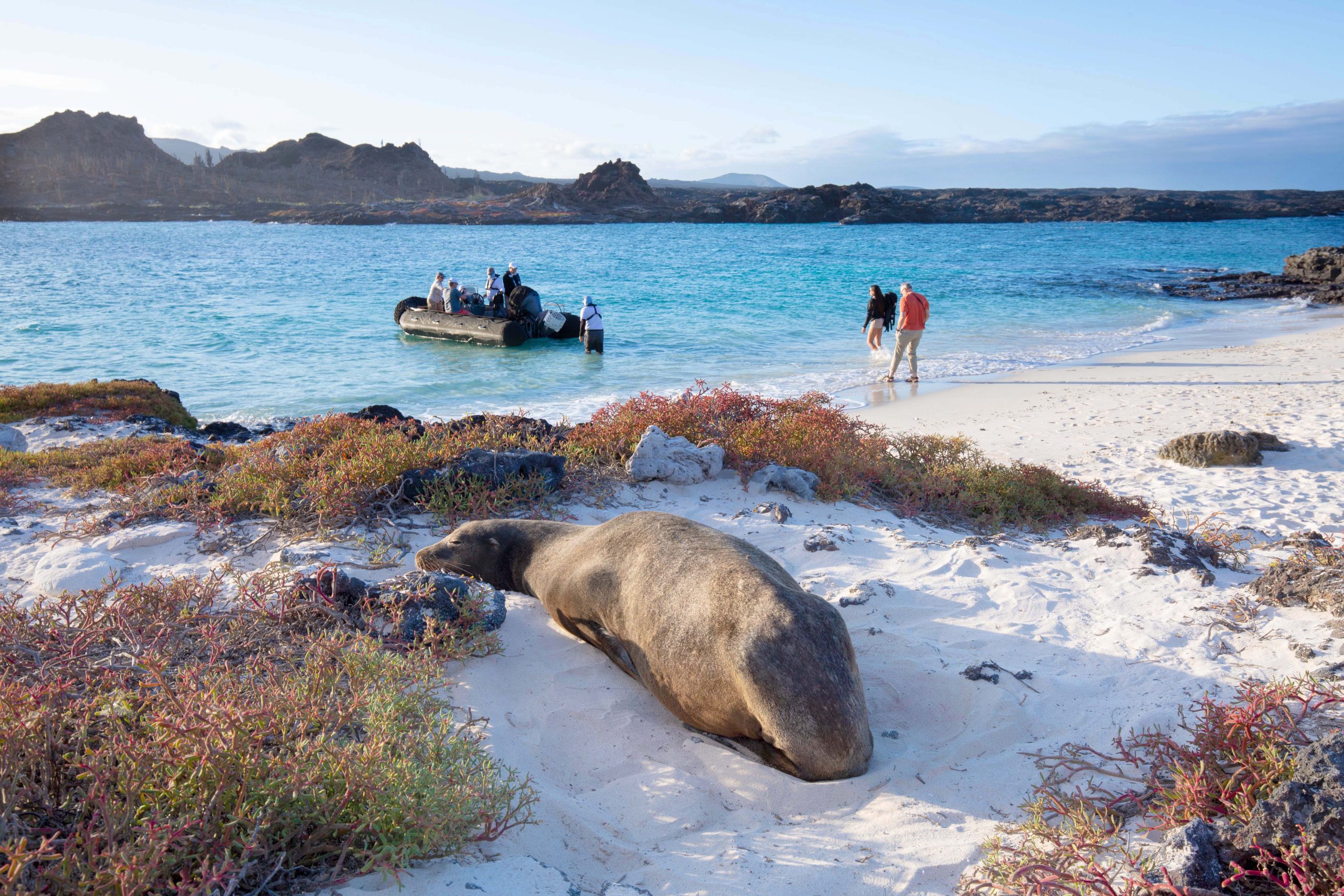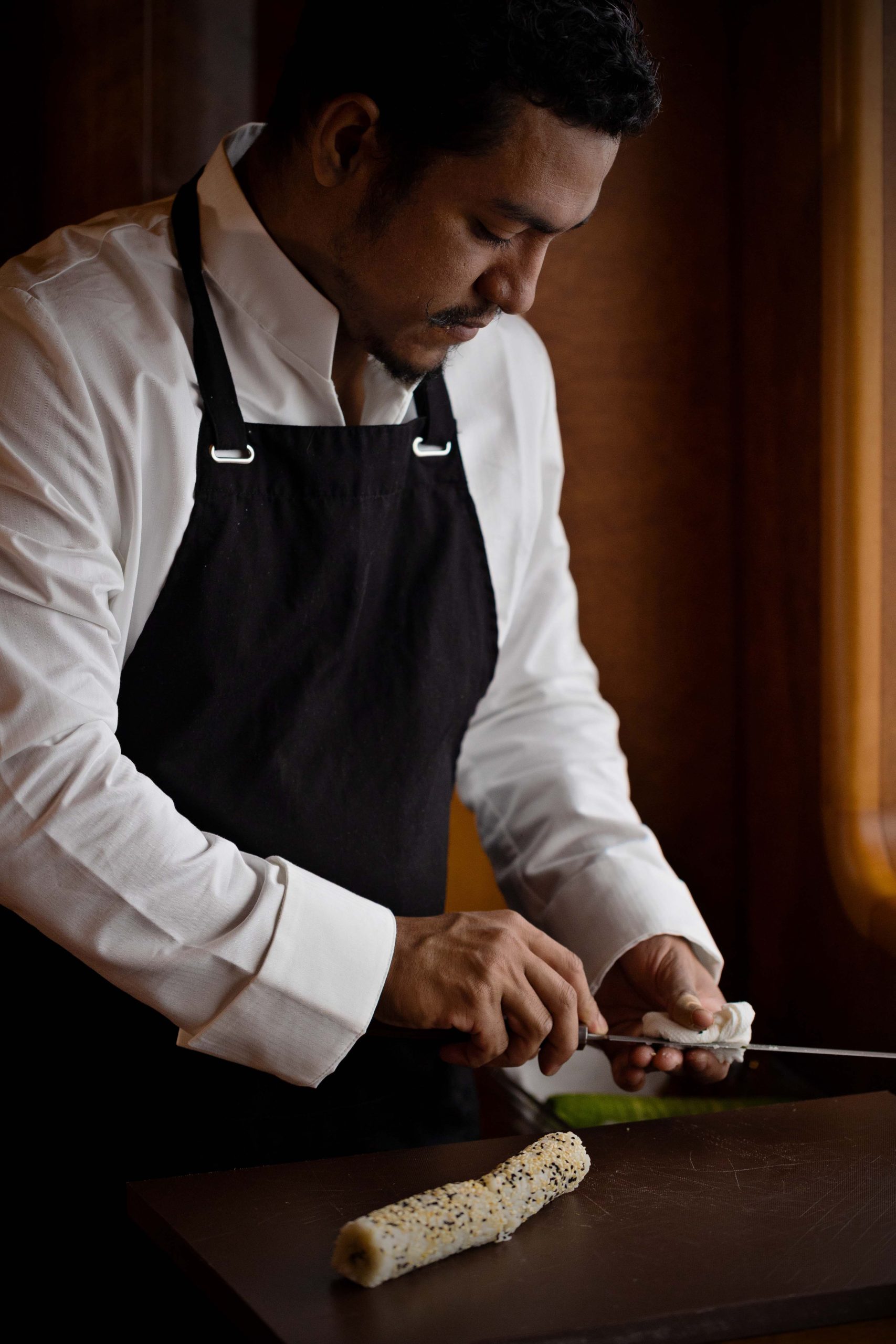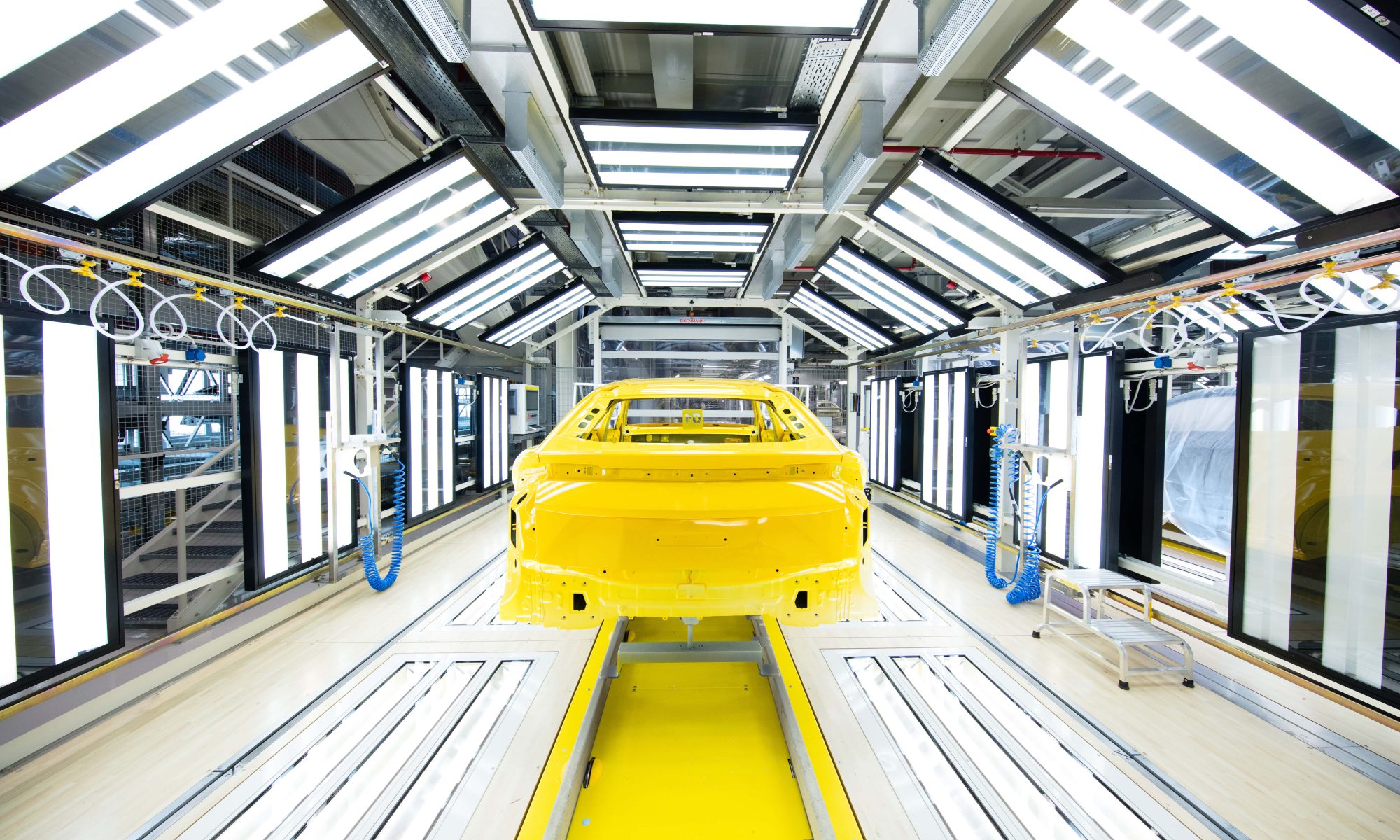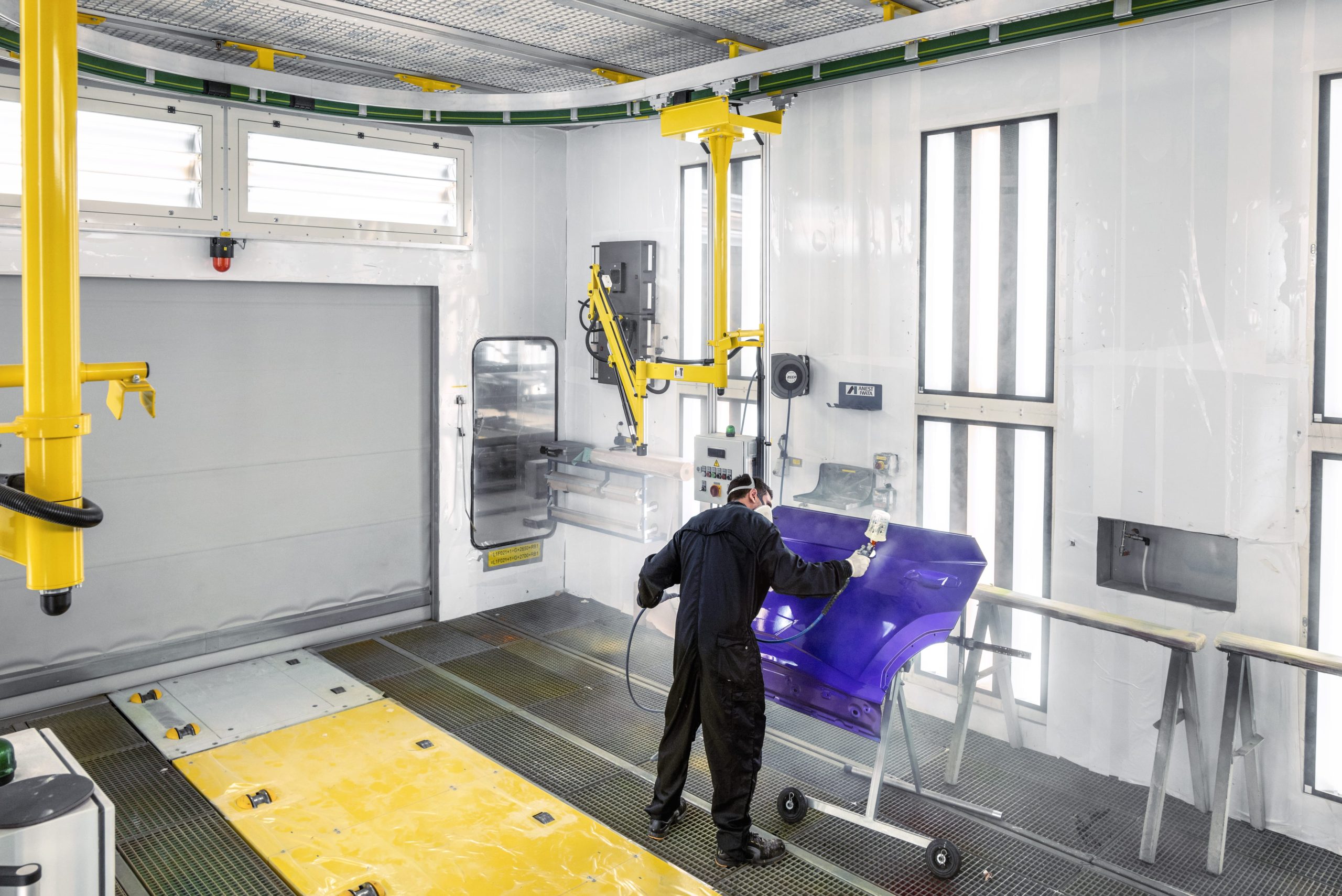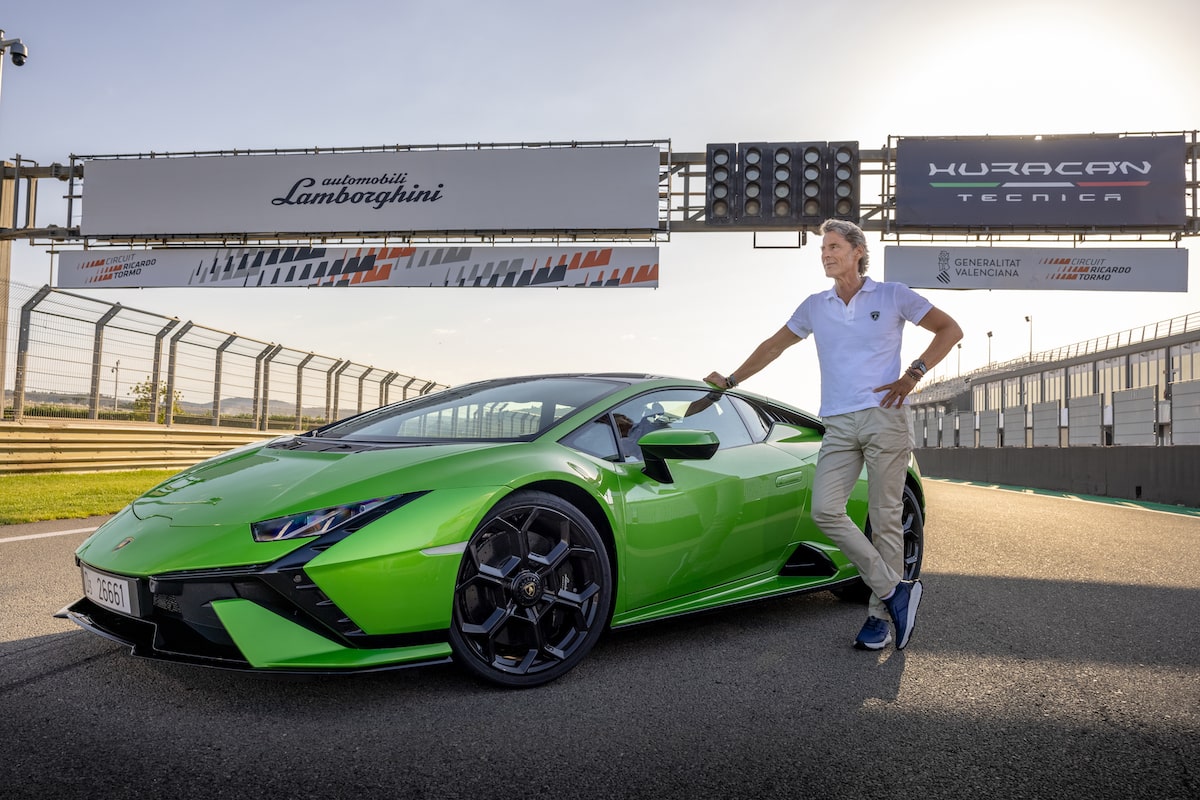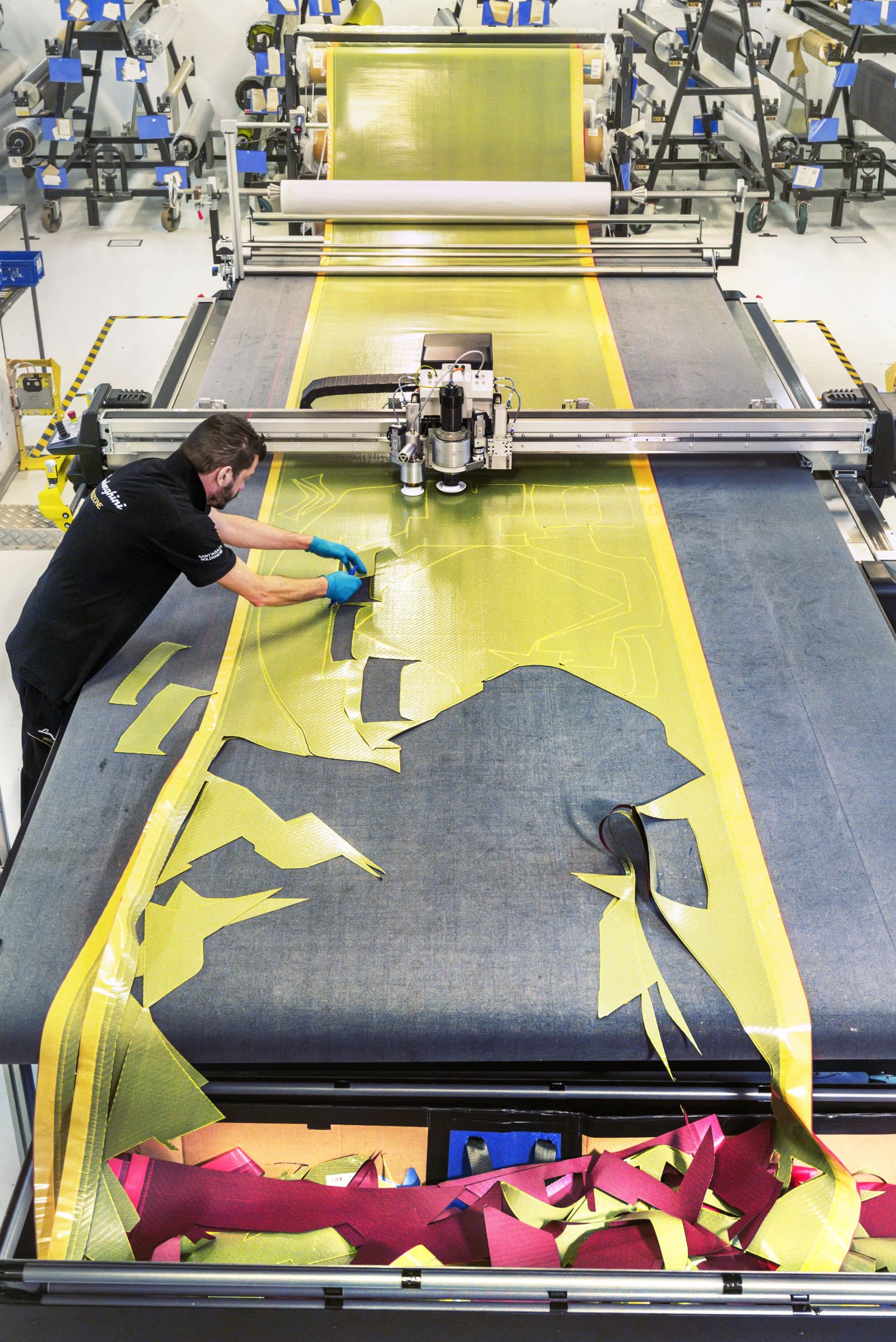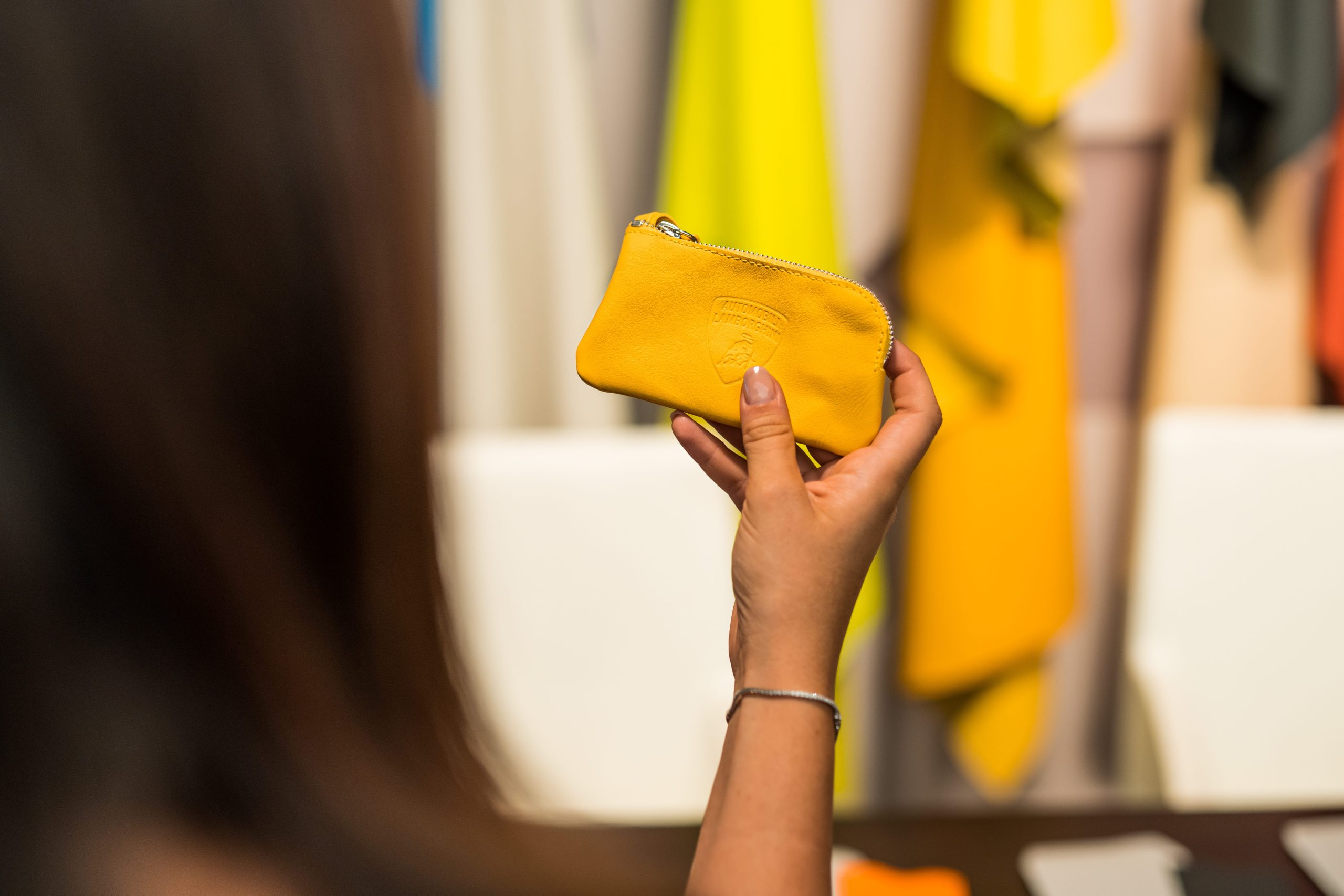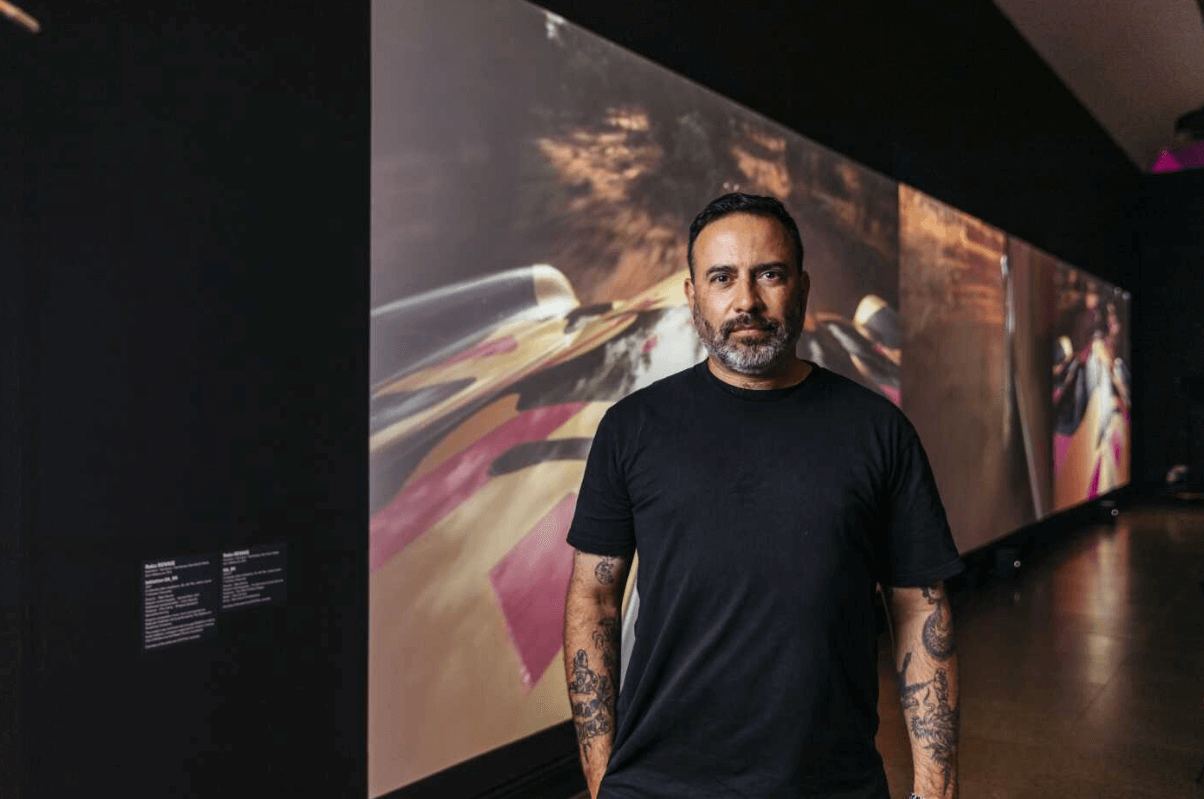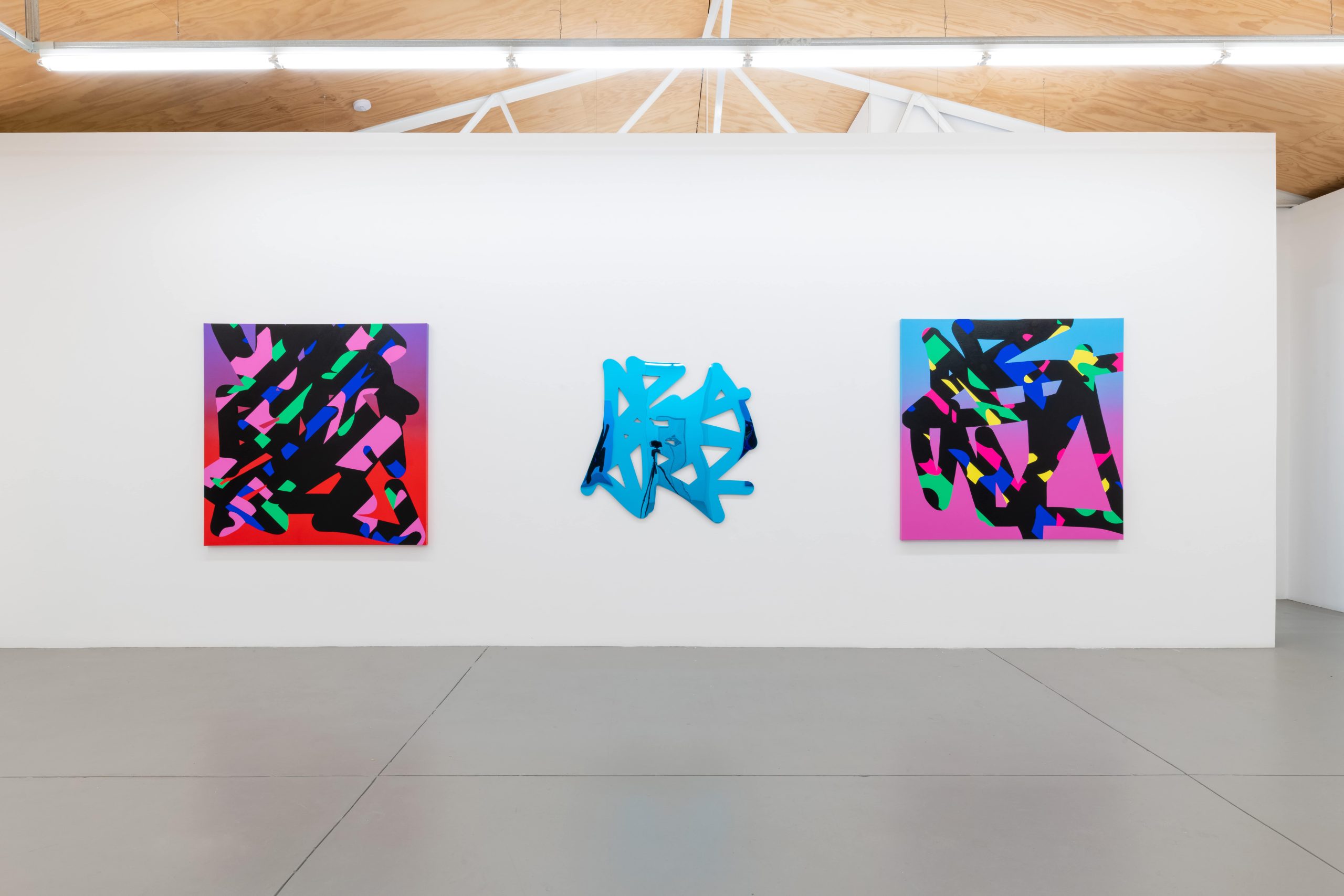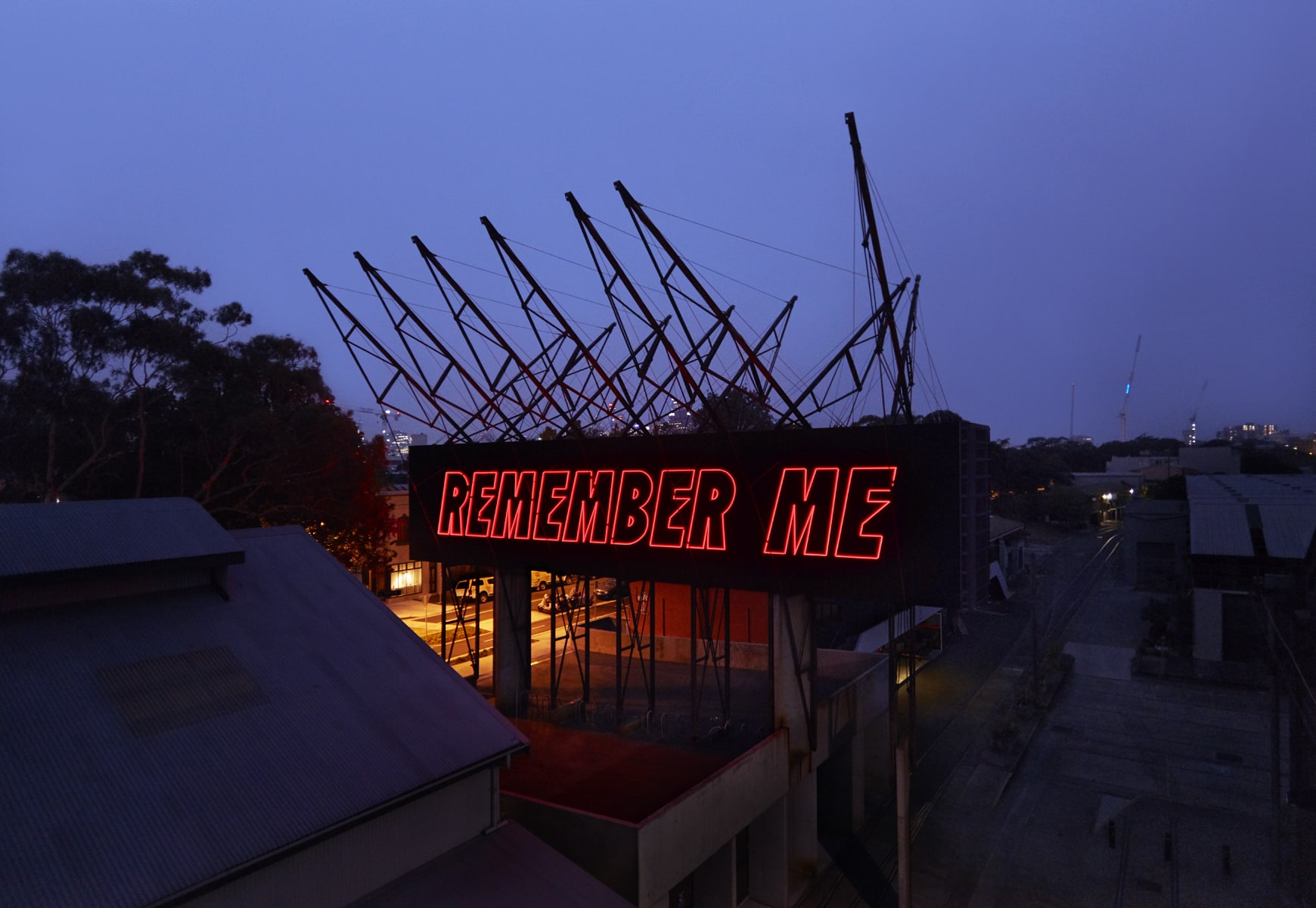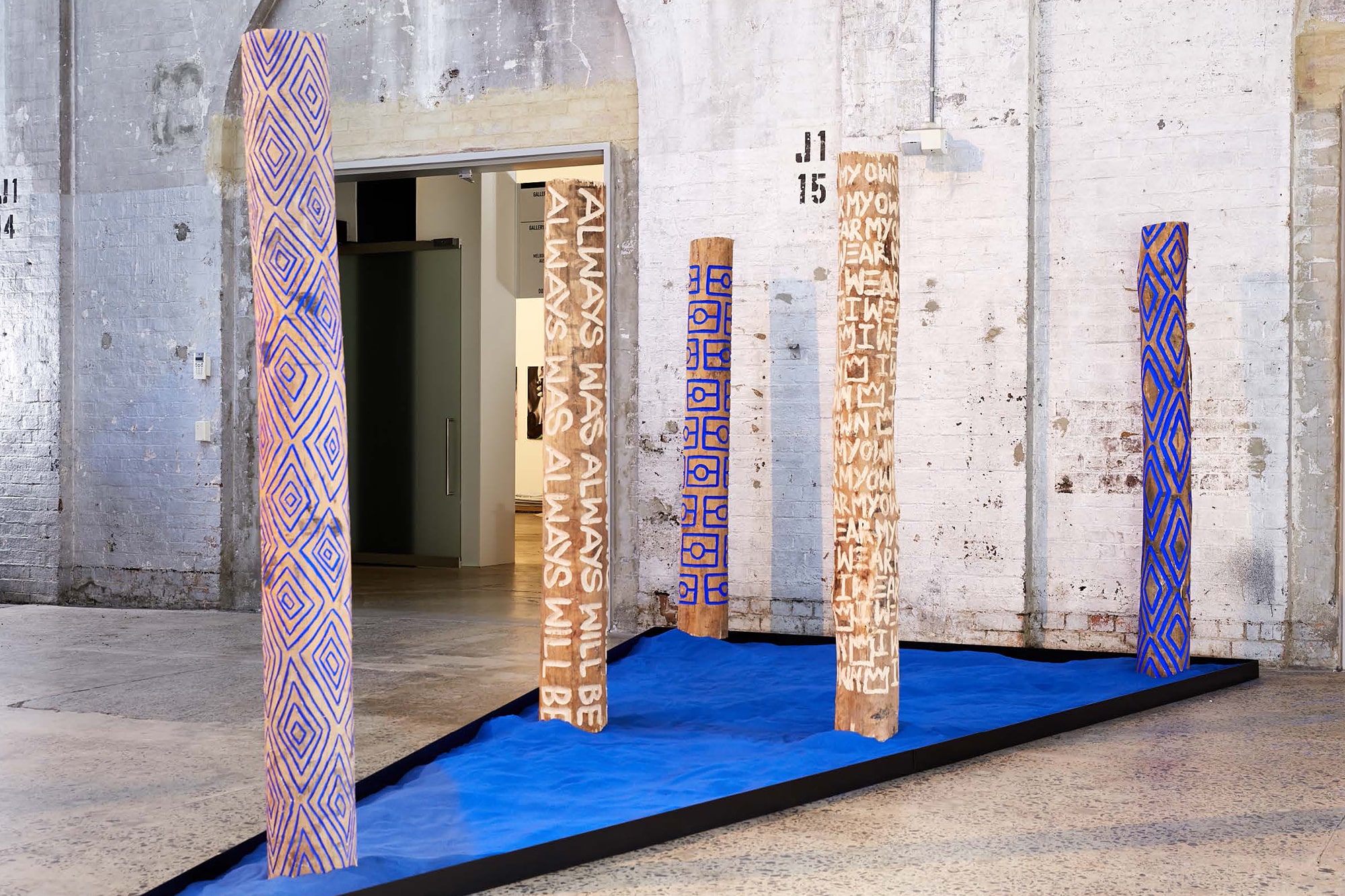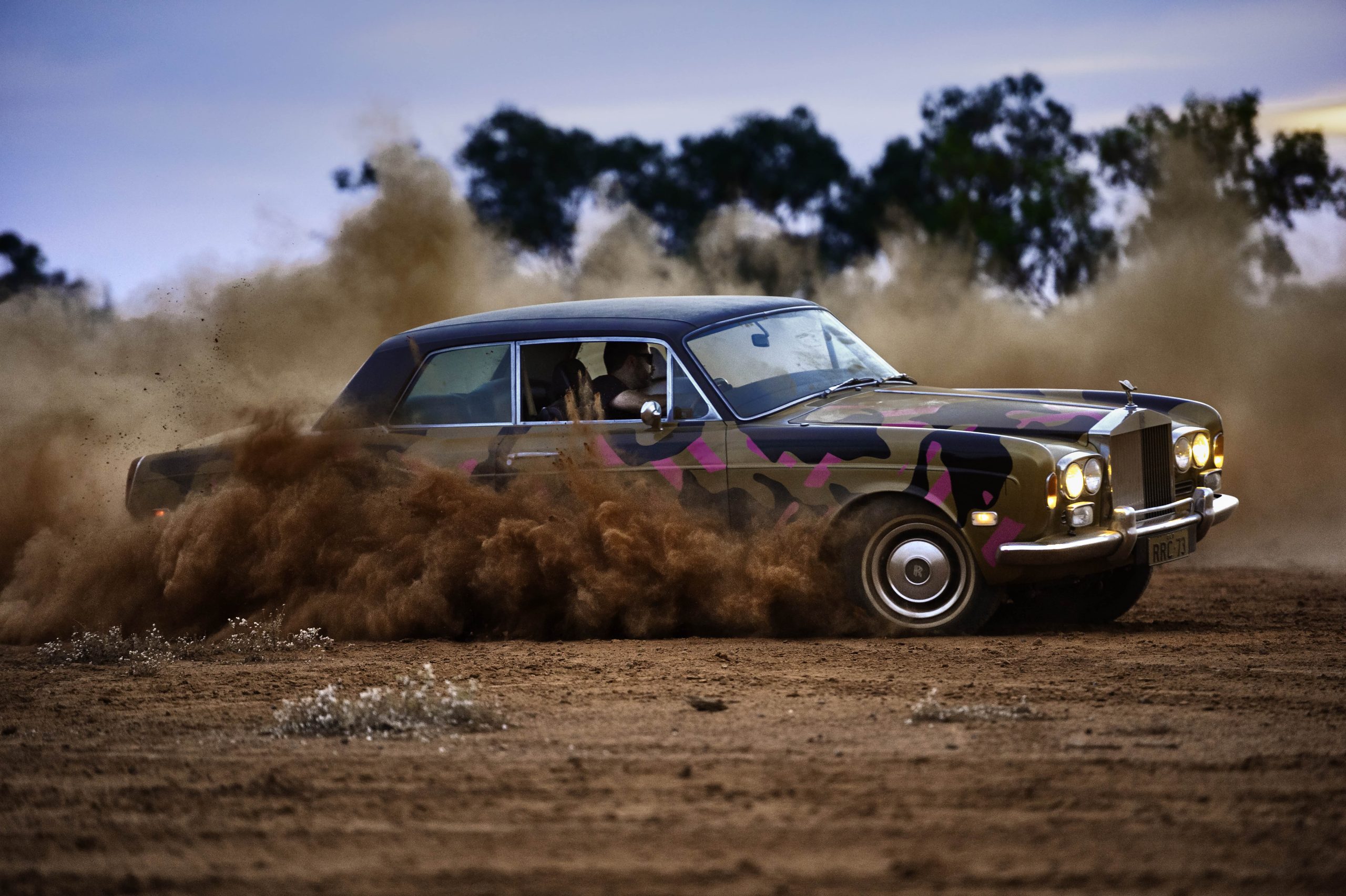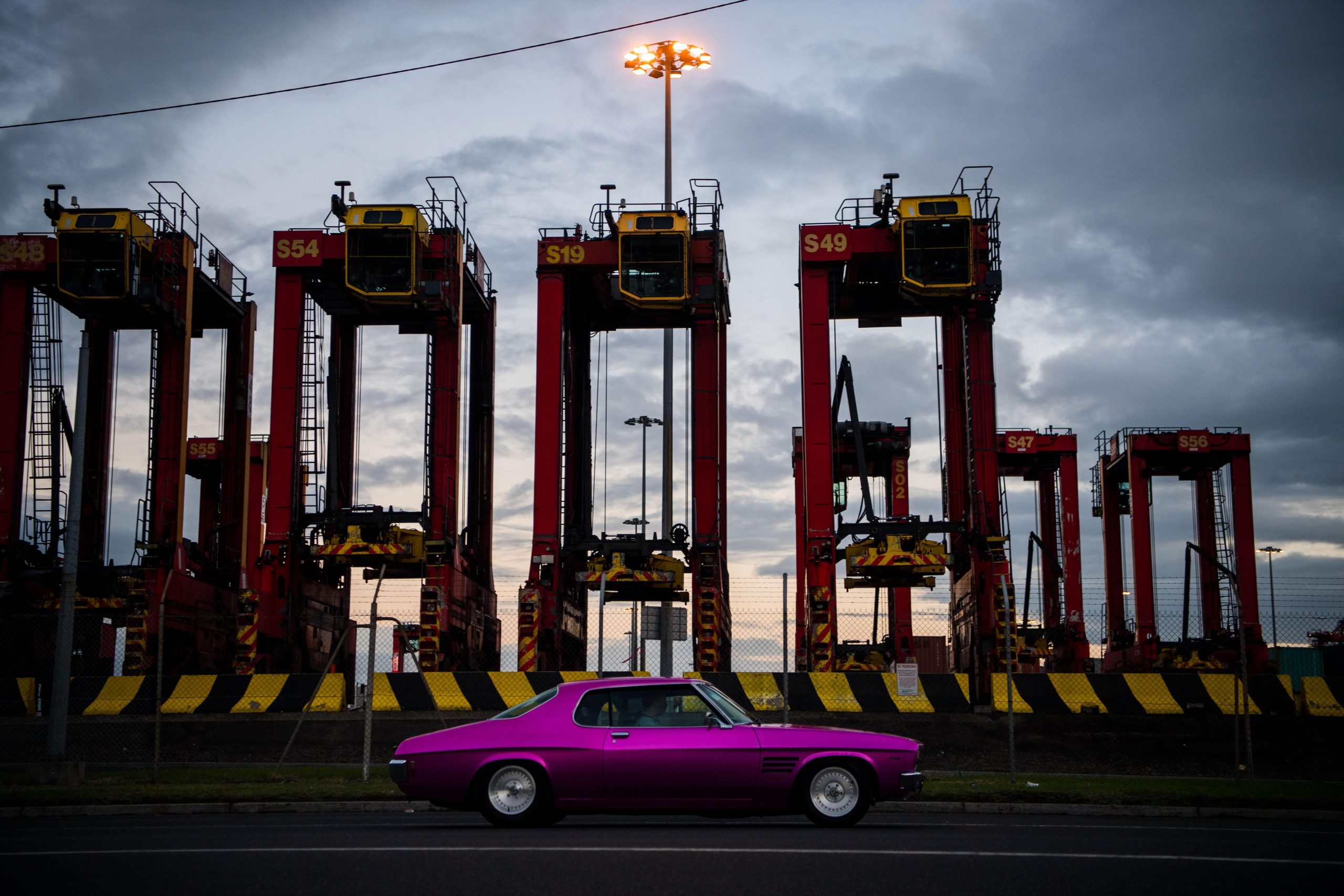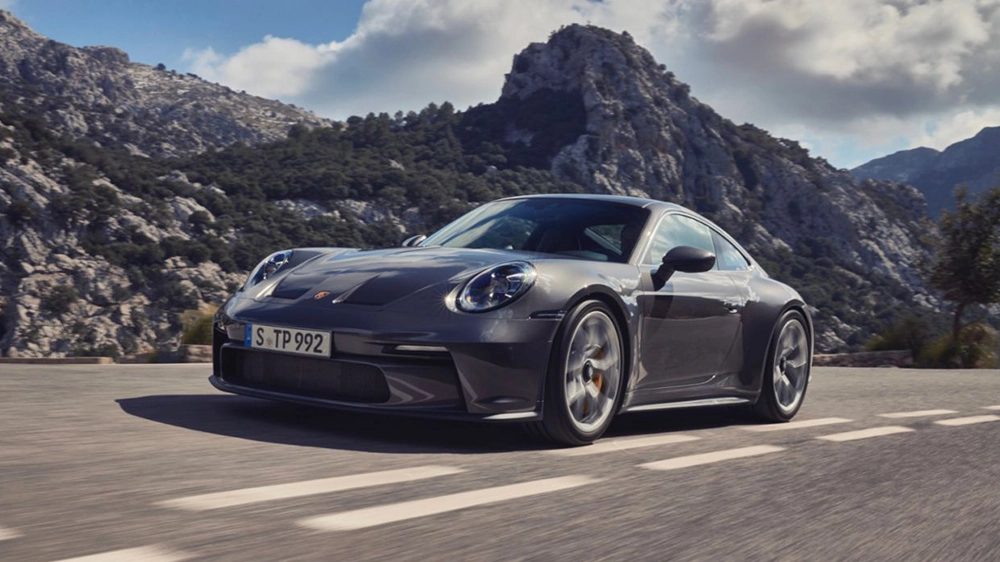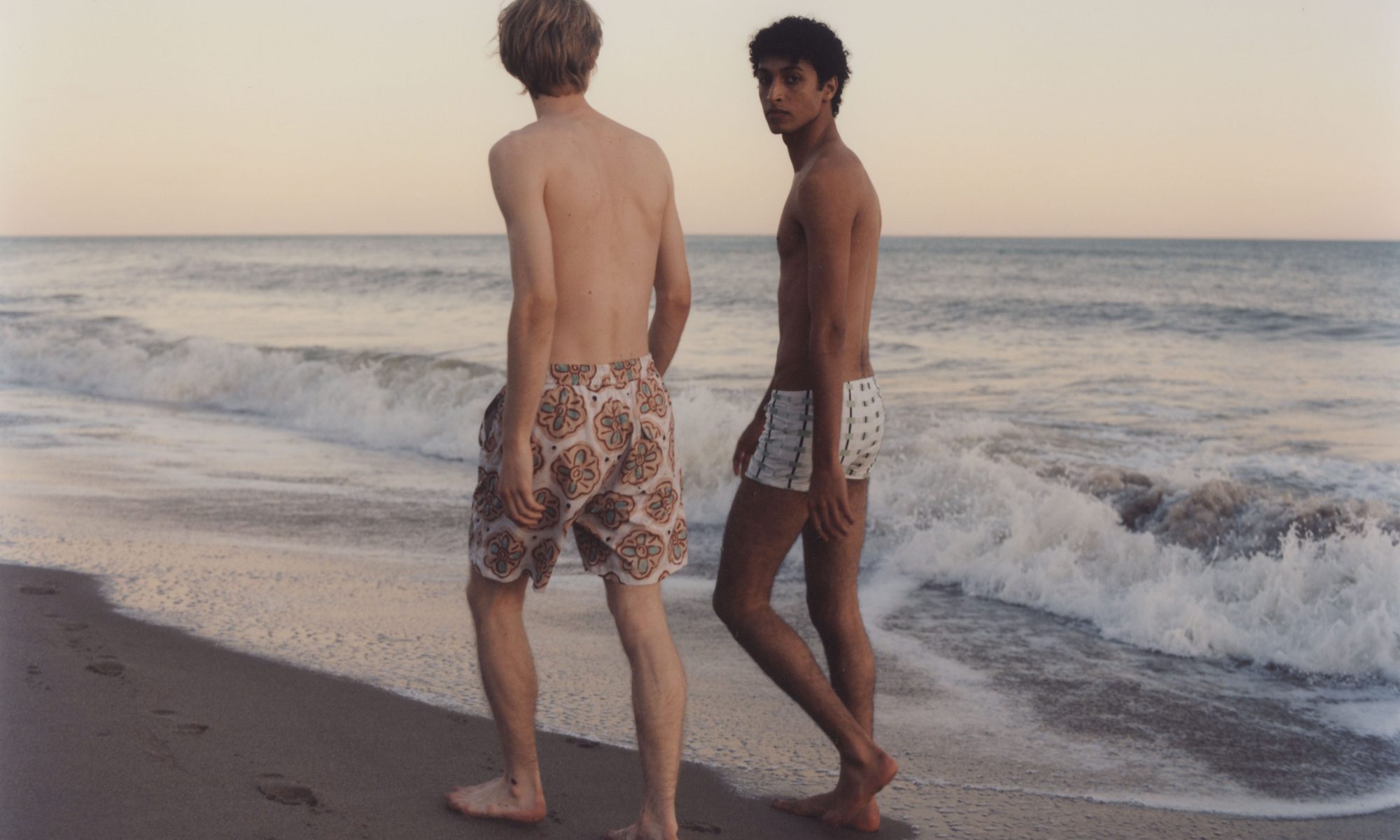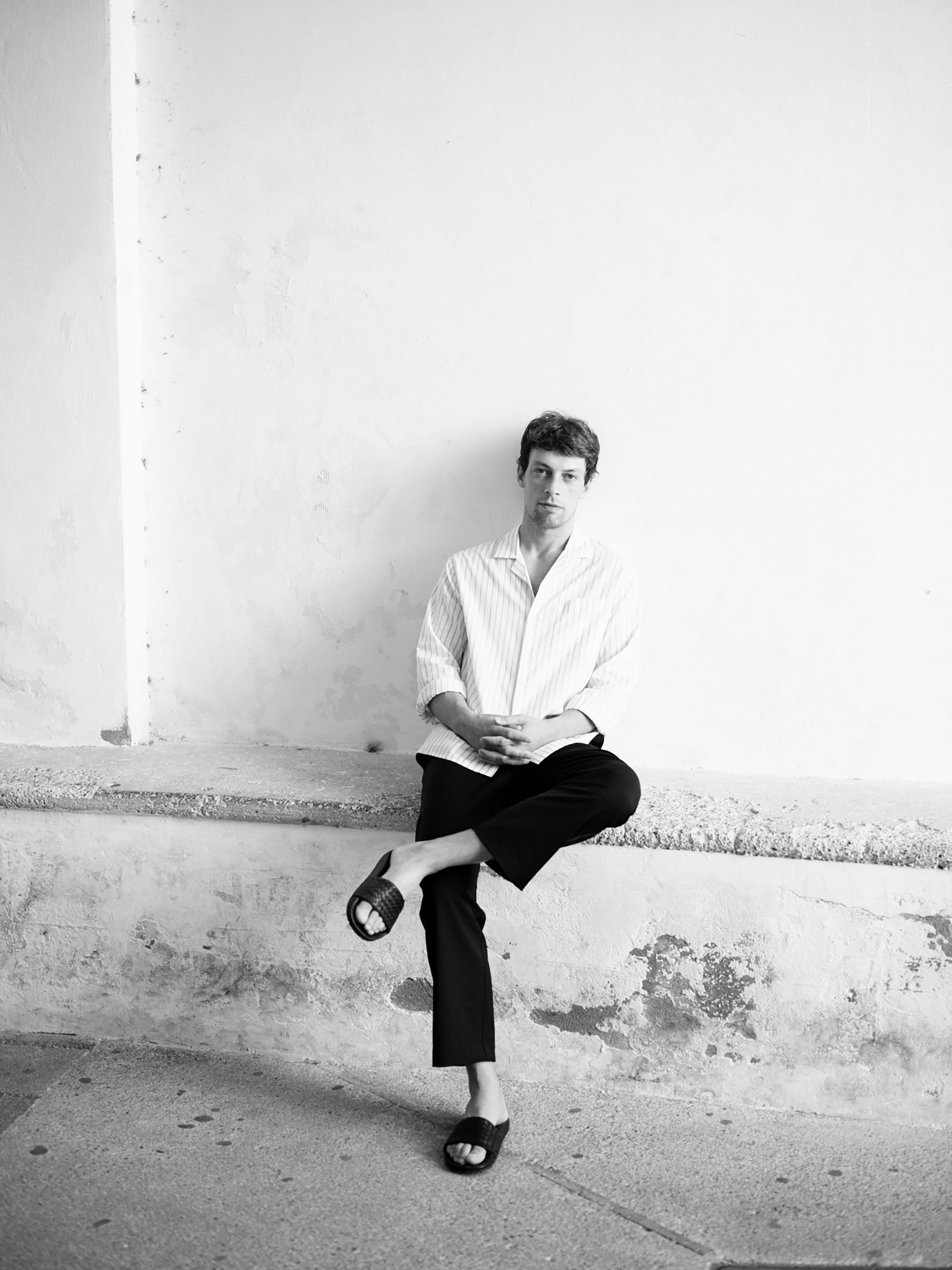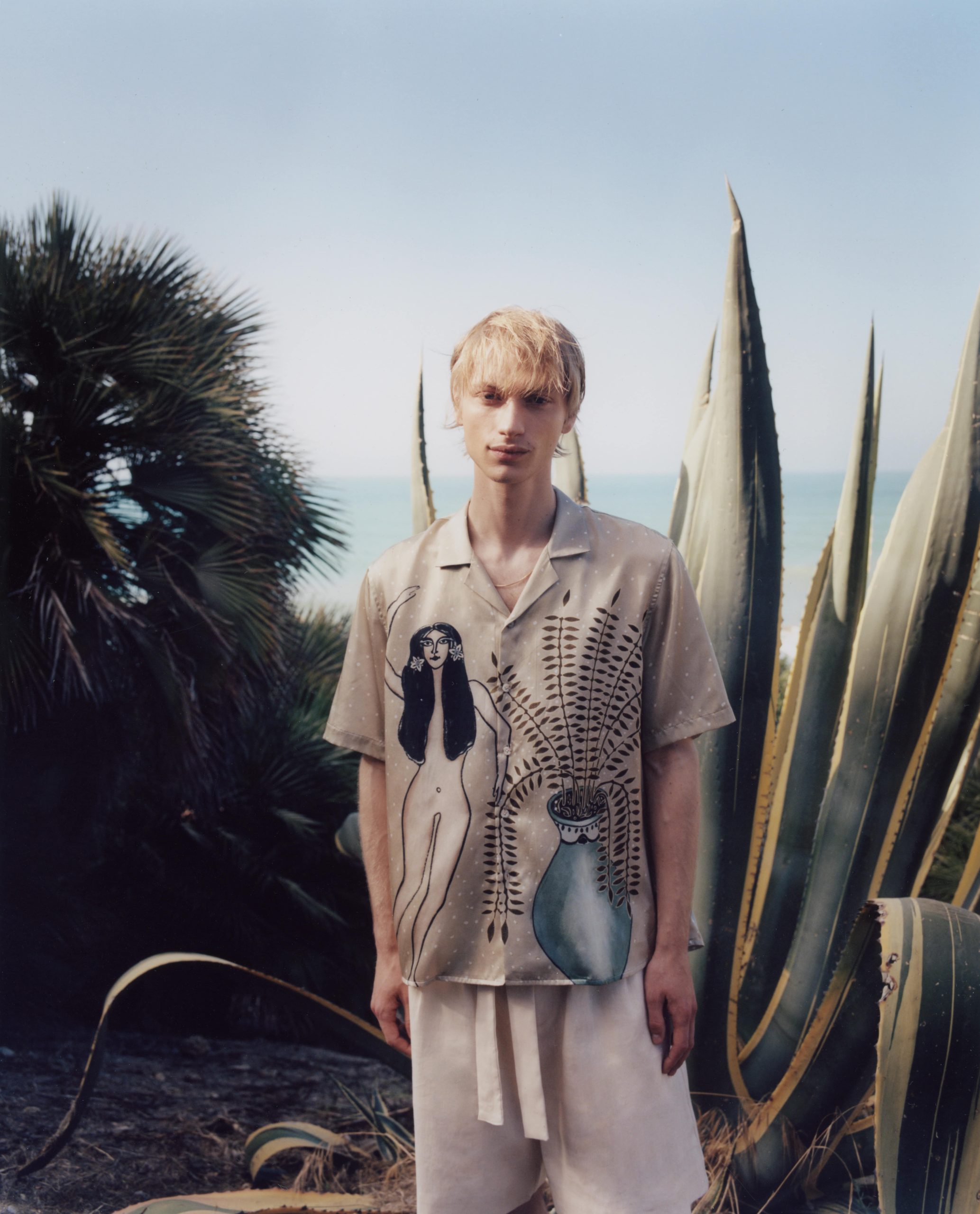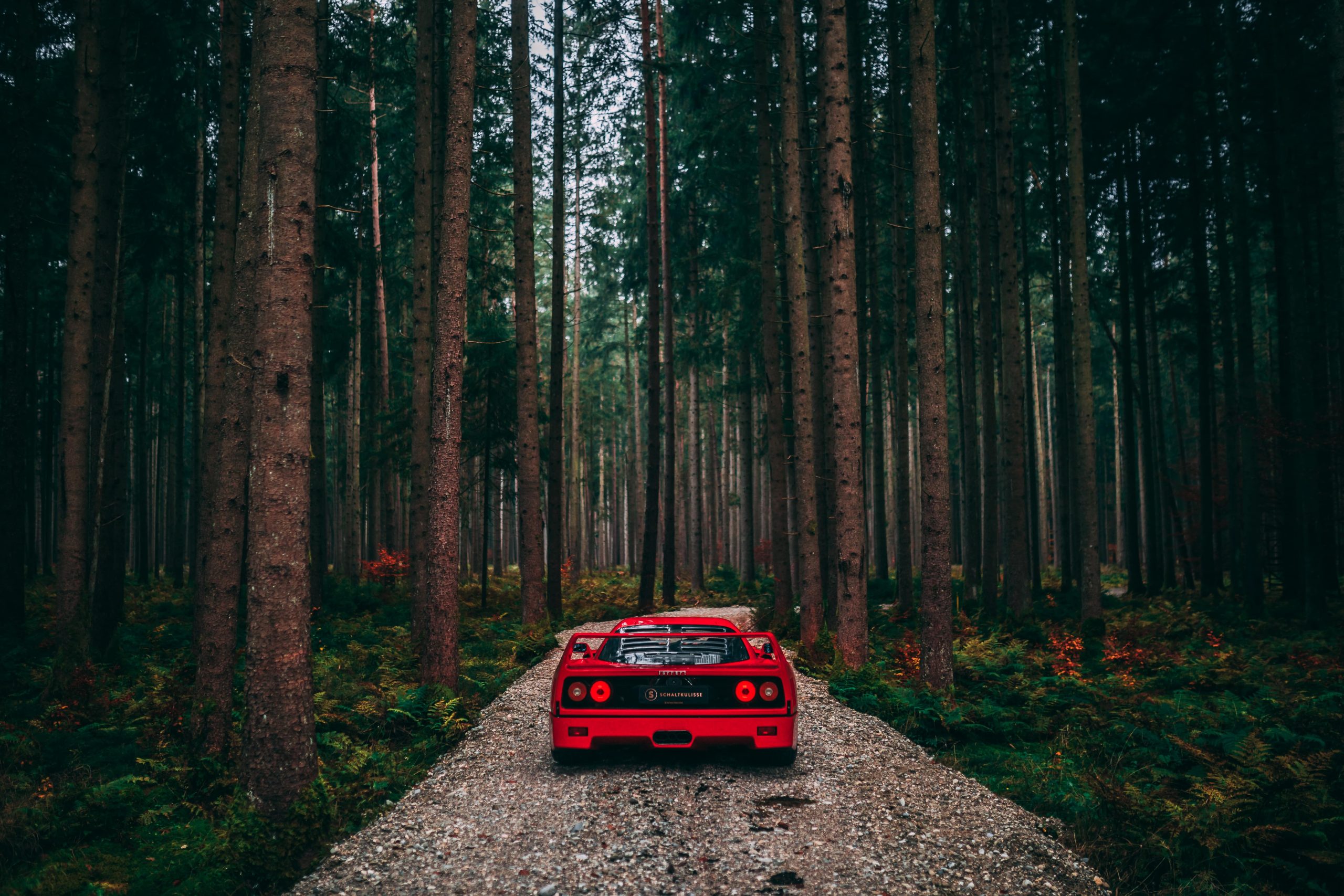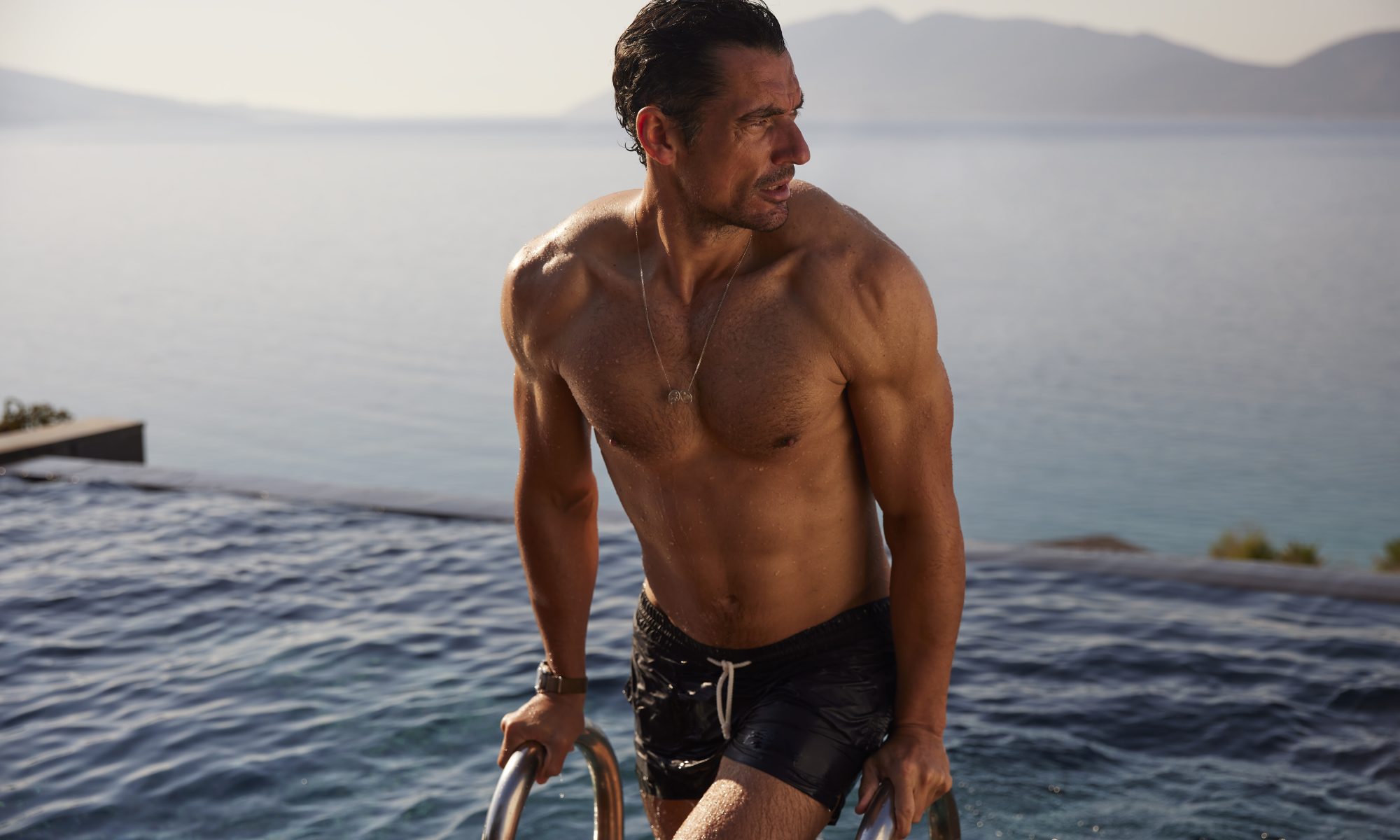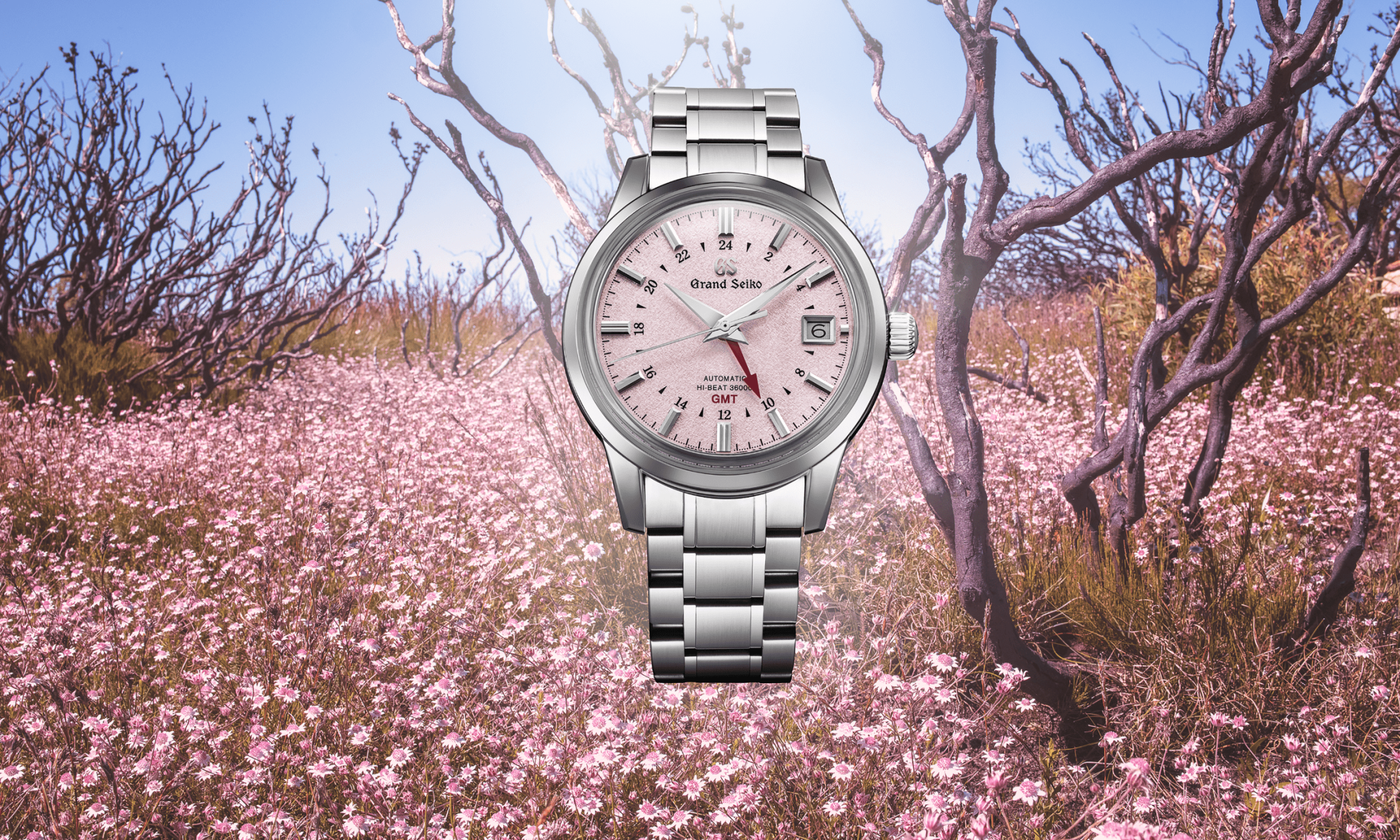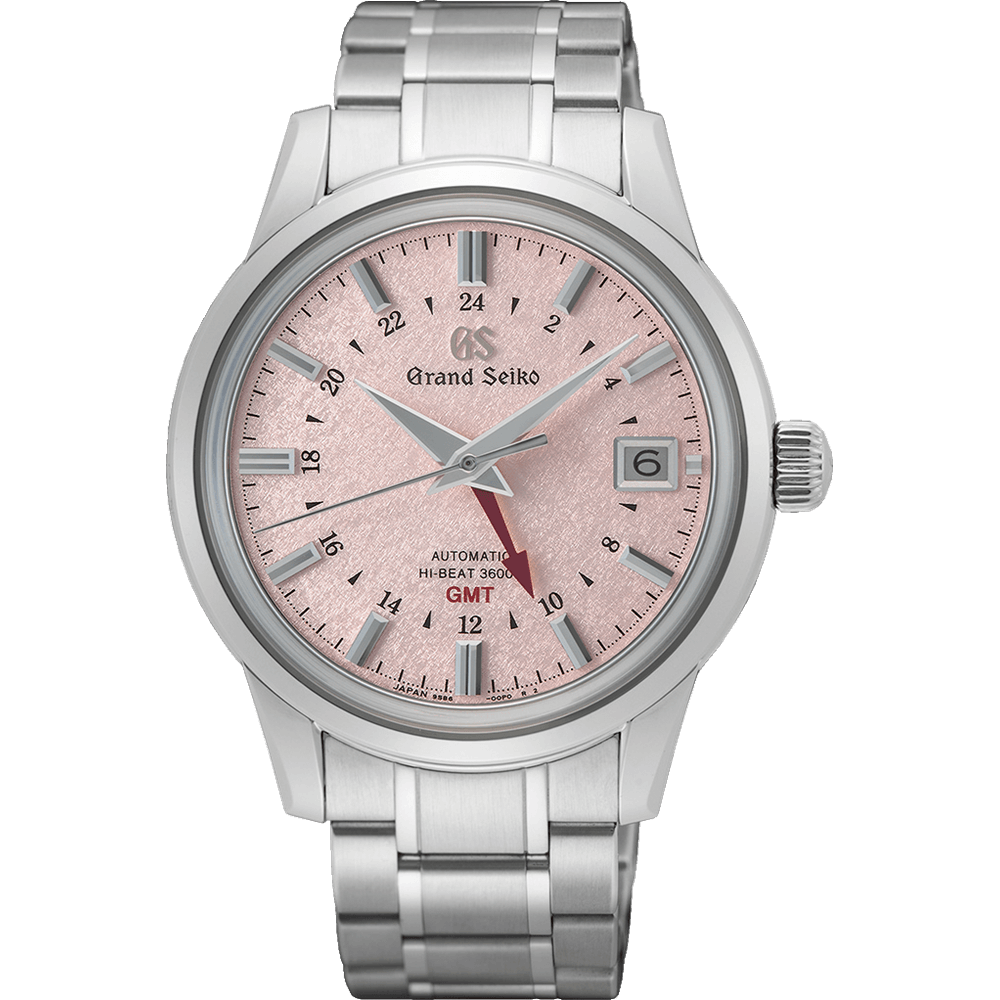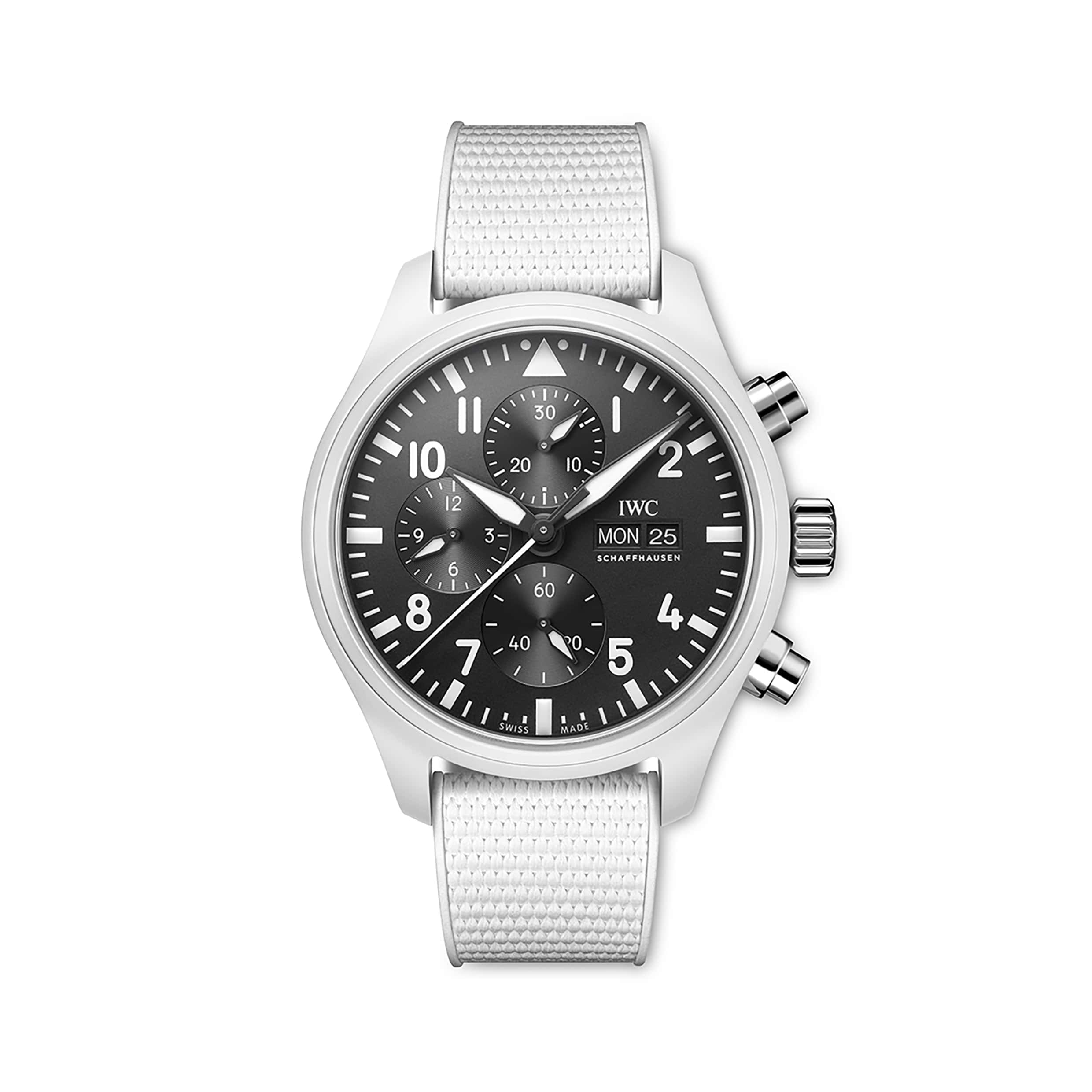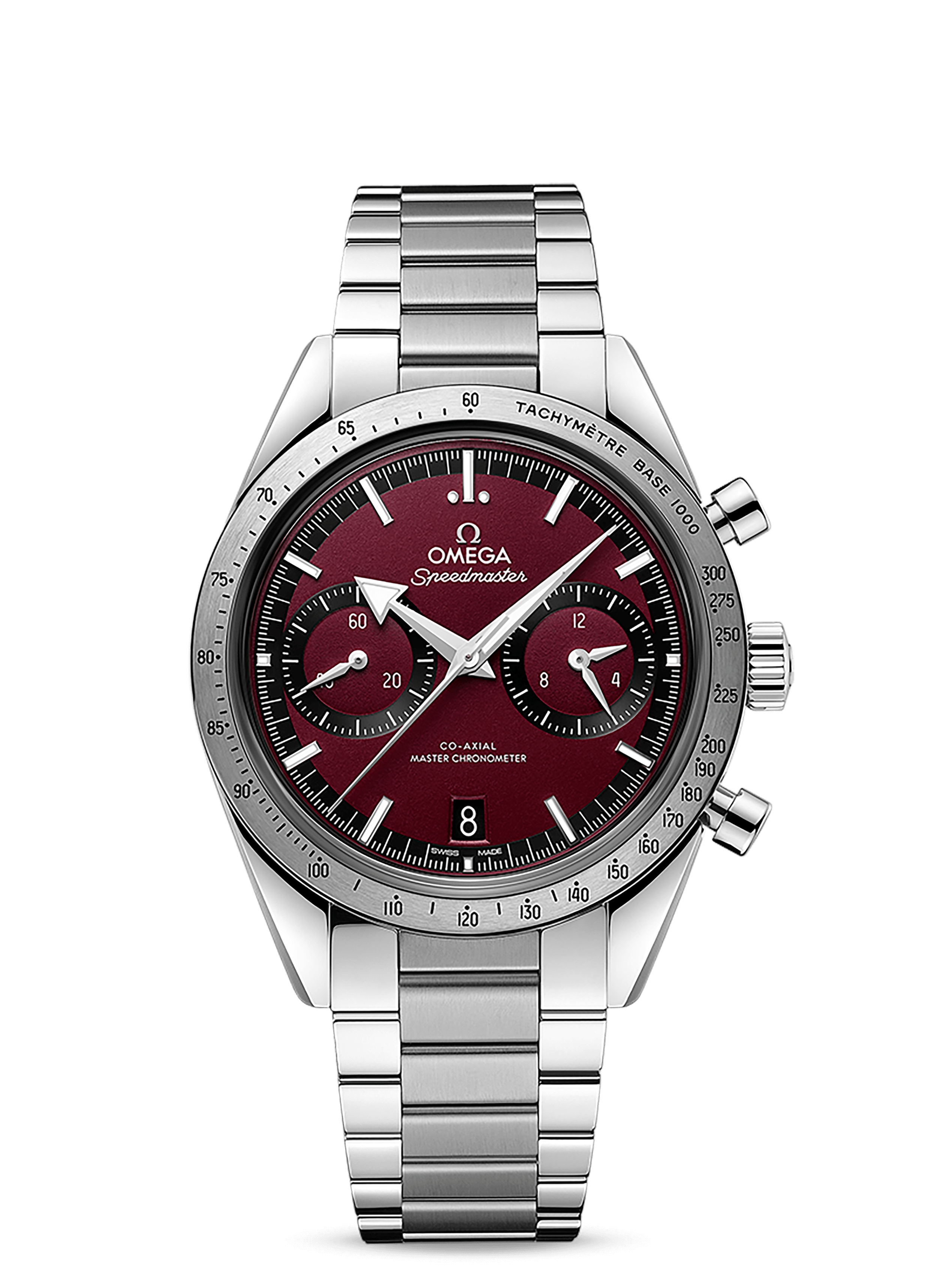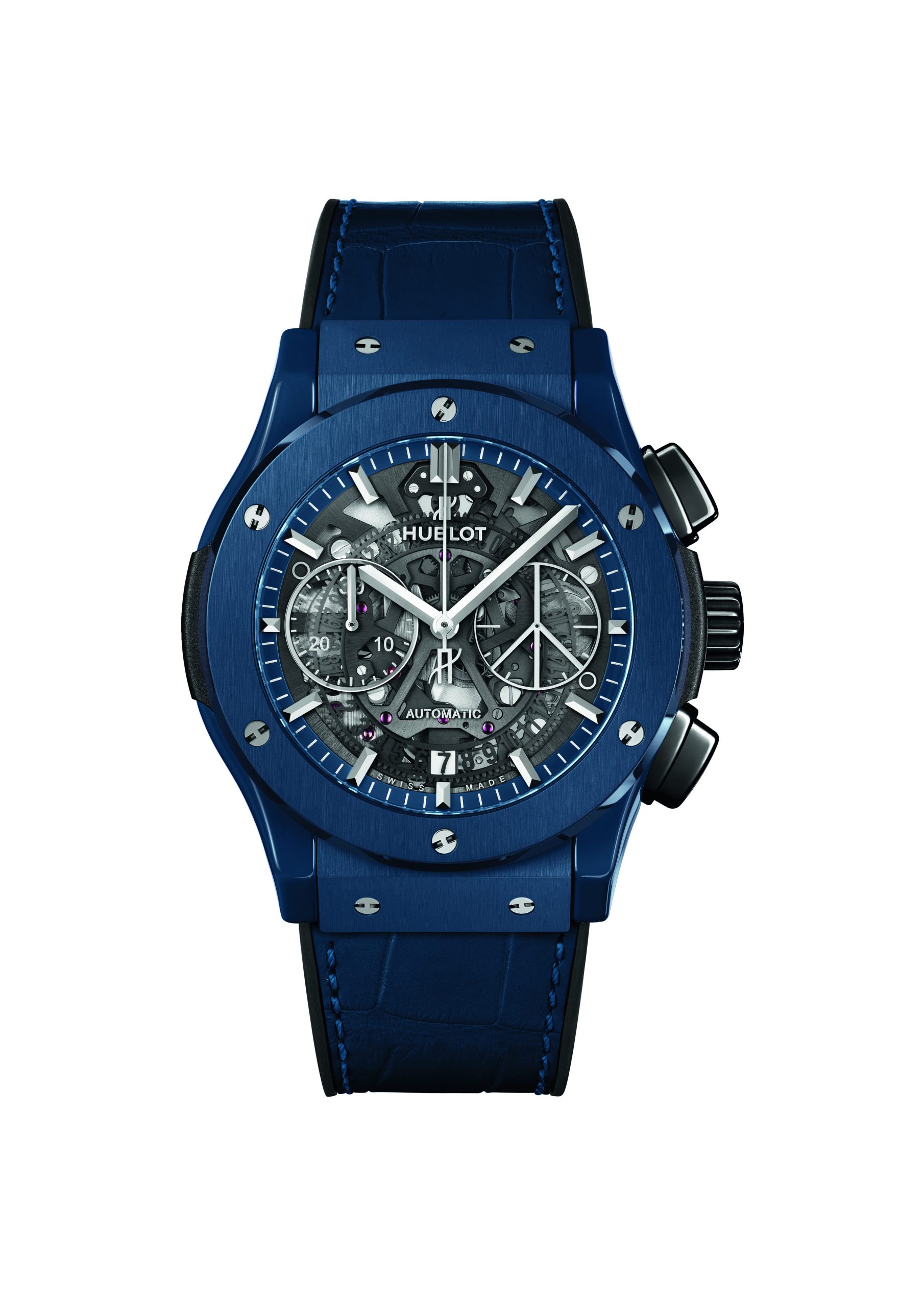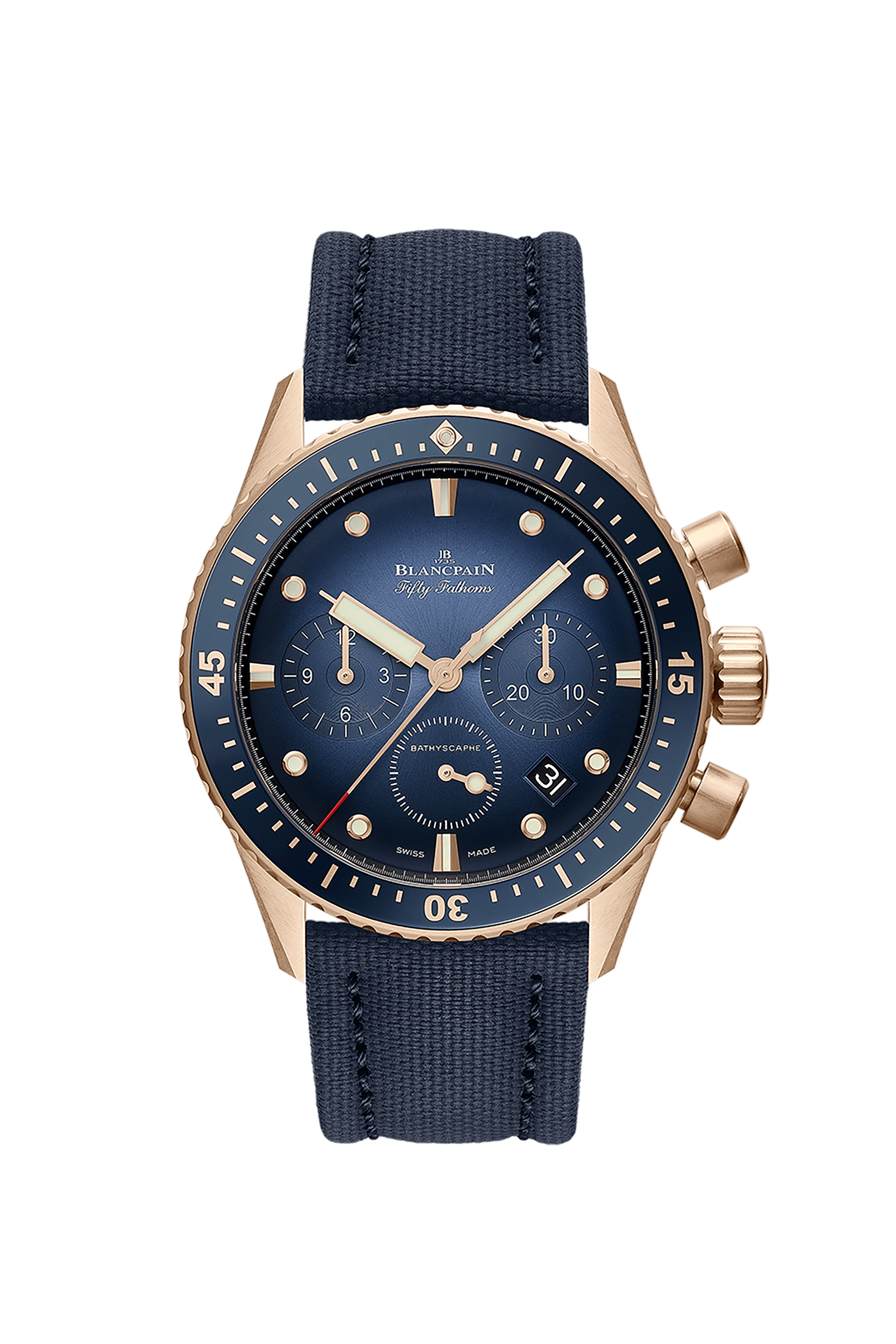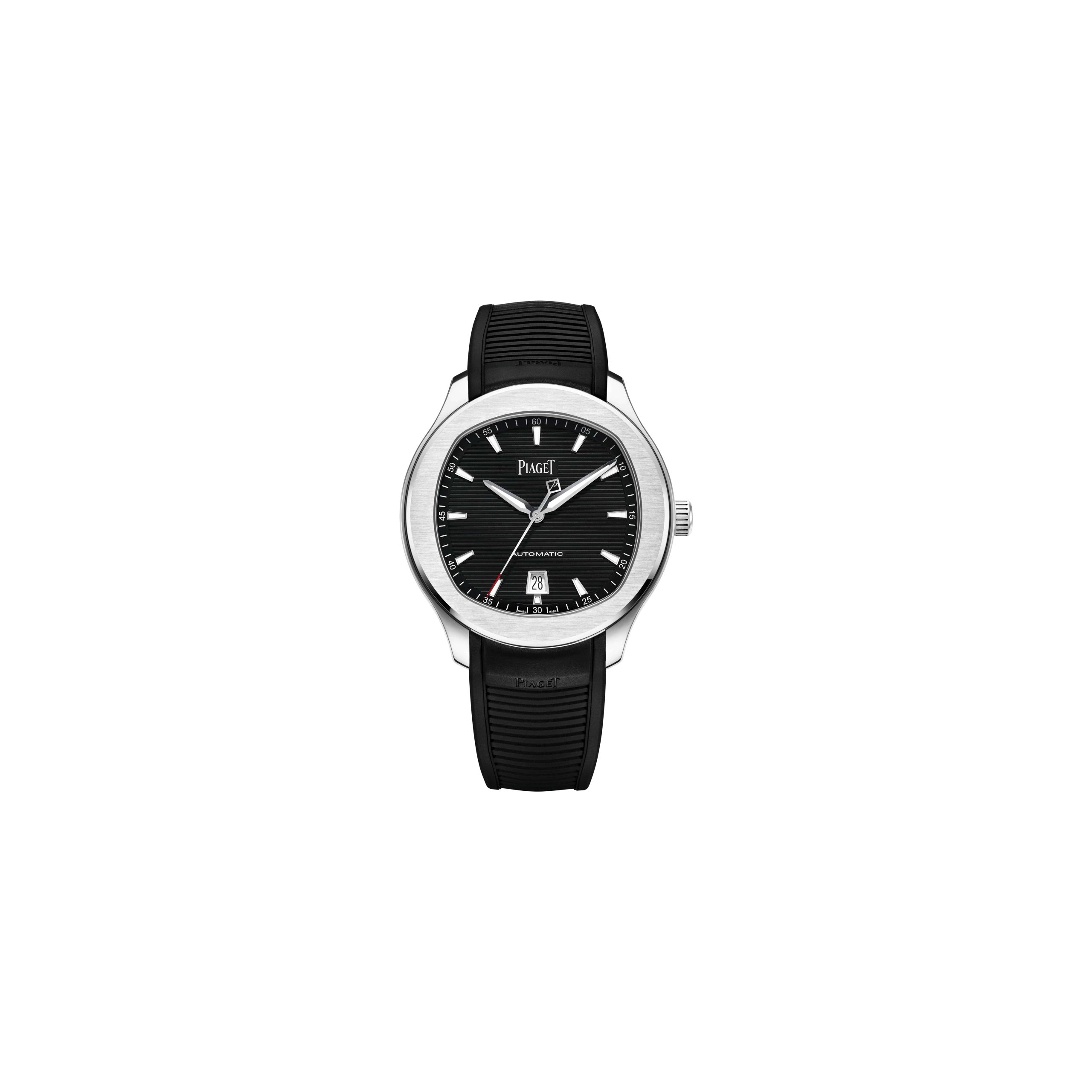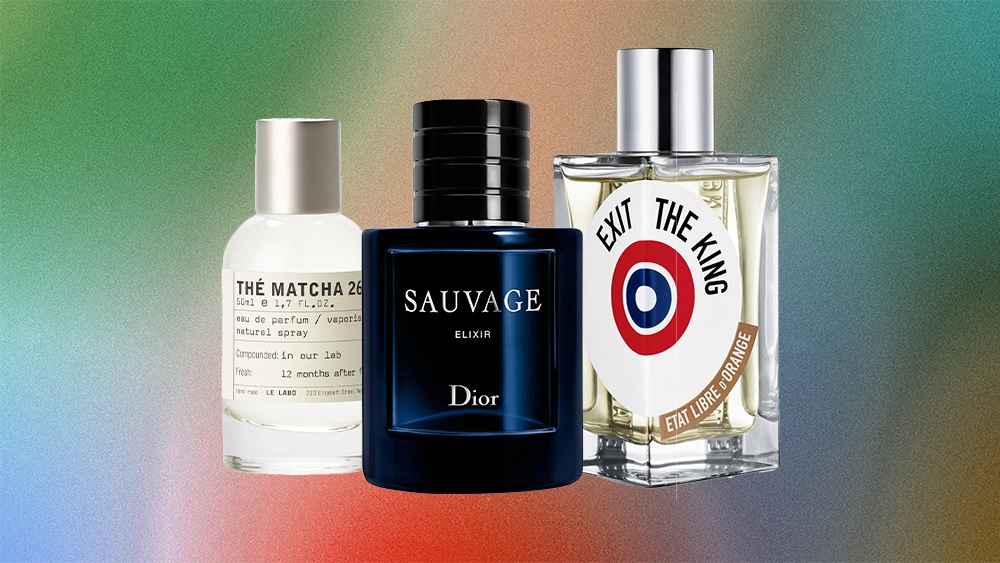Designing The Future With Rolls Royce
No other brand is more suited to the serene experience offered by electrification than Rolls-Royce. With the launch of Spectre, we get a glimpse of what the future of true EV luxury looks like.
In an alternative timeline, the opulent electrified super coupé you see on these pages, Spectre, Rolls-Royce’s long-awaited debut EV, might be a model of the past.
In 1900, Rolls-Royce co-founder Charles Rolls experienced The Columbia Electric Carriage—one of the world’s first EVs—and was smitten by its potential.
“The electric car is perfectly noiseless and clean,” Rolls proclaimed. “There is no smell or vibration.” Petrol won in the end, but for Rolls, the potential of electricity helped shape his vision of the prestige automobile. One hundred and twenty years later, the now BMW-owned, British marque bearing his name has come full circle.
“Spectre is a Rolls-Royce first and ‘electrified Rolls-Royce’ second,” says Torsten Müller-Ötvös, chief executive officer of Rolls-Royce, speaking to Robb Report ANZ at the recent Spectre reveal at the marque’s home at Goodwood, UK. “The shape clearly signals that this car is a Rolls-Royce.” Despite all the temptations of styling, flexibility and current automotive trends (such as the SUV/crossover boom), Spectre doesn’t stray far from home. But, why would it? A silent and graceful car with an imperious presence is what Rolls-Royce has aspired to since day dot.
Part of Rolls-Royce’s road to full-electrification by 2030, Spectre is the result of more than 2.5 million kilometres of testing and an incredibly thorough rethink around how aerodynamics can meet the traditional coach-building aesthetics central to the marque’s DNA. In numbers, Spectre claims 430kW/900Nm of power and torque, 0-100km/h in 4.5 seconds, a 520km range, and 21.5 kWh/100km efficiency — do the math, and you get a 111kW/h battery. The super coupé is also a shockingly slippery thing, with a drag coefficient of 0.25. Compare that to the pointier Tesla Model S’ 0.24, and it’s a grand testament to the block-nosed, 5.45m-long coupé’s design wizardry. Even the iconic Spirit of Ecstasy hood ornament didn’t escape a sleek makeover—it saw around 830 hours of wind-tunnel testing and modelling to ensure it was aero-tuned to perfection.
Behind its split headlights and enormous ‘Parthenon Grille’ is not a frunk in lieu of a V12, but components, battery systems, fluids and technology. This decision helped achieve its cool, low-slung driving position and full four-seater comfort. “Spectre’s overall impression is what greets you — the long front bonnet, the graceful silhouette beautifully falling towards the back—this is a dramatic feature that recalls the most evocative motor vehicles in history,” design director Anders Warming explains. The high-haunches and curvaceous fastback that fall down to the tail are cleanly sculpted from a single piece of aluminium for aerodynamic precision.
“It’s a very intricate tailoring of what aluminium is able to do,” explains Warming, emphasising the achievement. “We really stretched our engineering colleagues; they helped us a lot to get the right processes in place uninterrupted.”
Spectre’s 1.5m coach doors, the largest ever fitted to a Rolls-Royce, are both optimised for weight and attenuated for pure silence inside. As it turns out, a sense of serenity is also assisted by 700kgs of sound deadening from the battery, ensuring the Rolls-Royce ’magic carpet ride’ feel is not lost. The finer details are exquisite —floating taillights, for example, appear like jewellery, which Warming refers to as “islands in a lake”); and pleasantly, the interior still has an array of buttons, as well as a new evolution of the ‘starlight’ headliners on offer: Starlight Doors. These can incorporate 4796 dimly lit cosmos-inspired lights. Of course, being the most bespoke-orientated marque in the world, almost every element of Spectre is customisable.
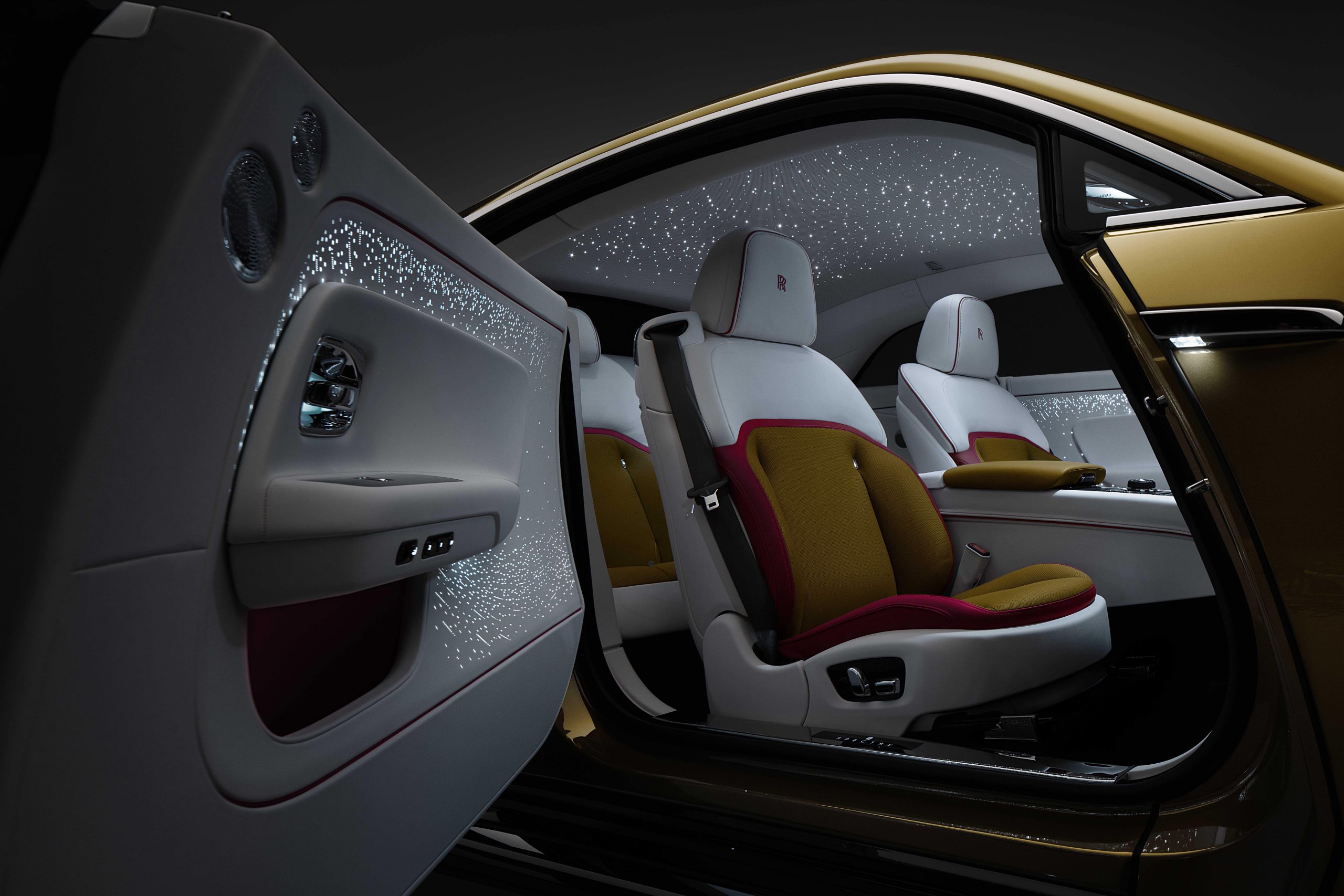
With one of the highest levels of luxury connoisseurship in the world, the Rolls-Royce customer helps push and shape the marque’s future decisions. “We’re seeing a new world of luxury clients looking for something less of an element of status. They will have that as well if they need to, but [this is] more of a self-rewarding purchase,” says Müller-Ötvös. “You are rewarding yourself with a piece of art.” This customer is getting younger and is in tune with global shifts, technology and where luxury is moving. “They are always teaching us,” says Warming. “I like to say one plus one is three. In my world, the sum of our conversation [with customers] is greater than us individually. The process with our clients teaches us and inspires us to think differently. I don’t think any other luxury brand is as open to a dialogue with clients as ours. Because we have several thousands of components and so much canvas to create a unique Rolls-Royce car.”
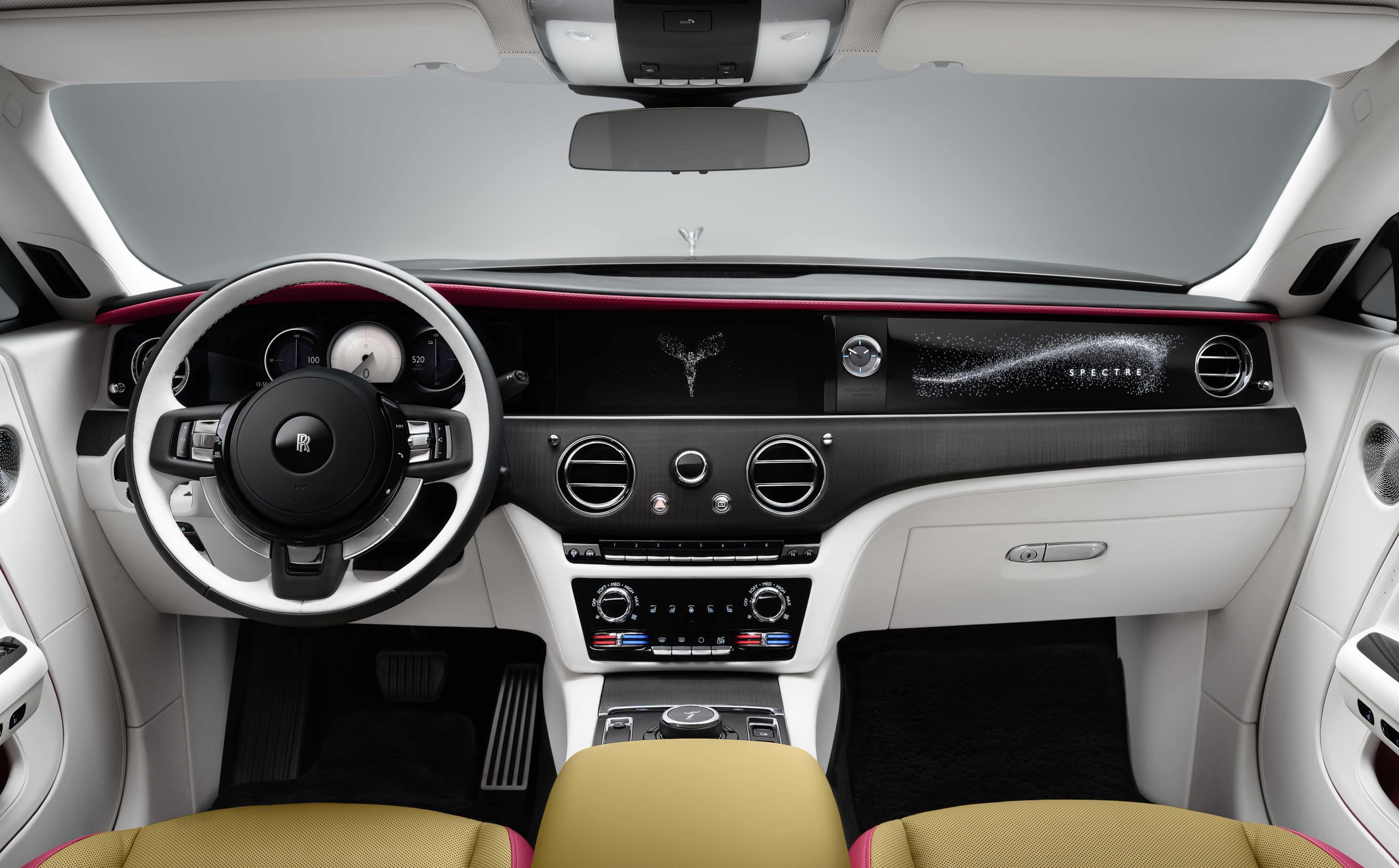
of the cabin can be customised, naturally.
It’s interesting to think that the segment that aims to normalise the electric car, in terms of design, usability and how easily it slides into our lifestyles, is not only at the pinnacle of luxury and rarity, but also has the most flexibility to shift away from the expected —but here we are. “What’s really important about this car is it’s a dawn of a new era of cars,” says Warming. “It couldn’t be a generic shape. It couldn’t be just any car. It had to feel like a Rolls-Royce: the grille in the front, the Spirit of Ecstasy, long bonnet, beautiful roofline, large wheels, off to the races.”
Rolls-Royce Spectre is now available to order, pricing TBC; rollsroyce.com






